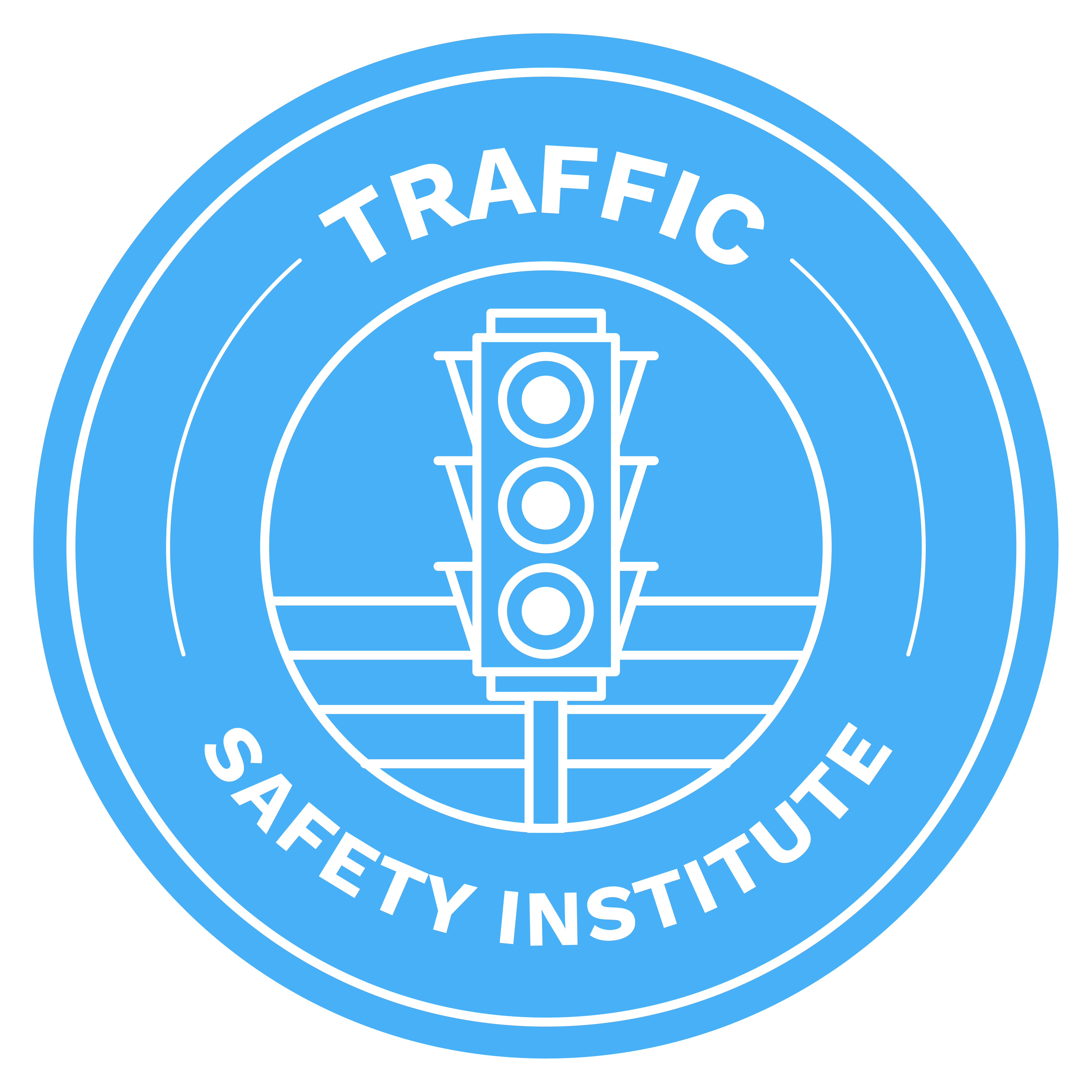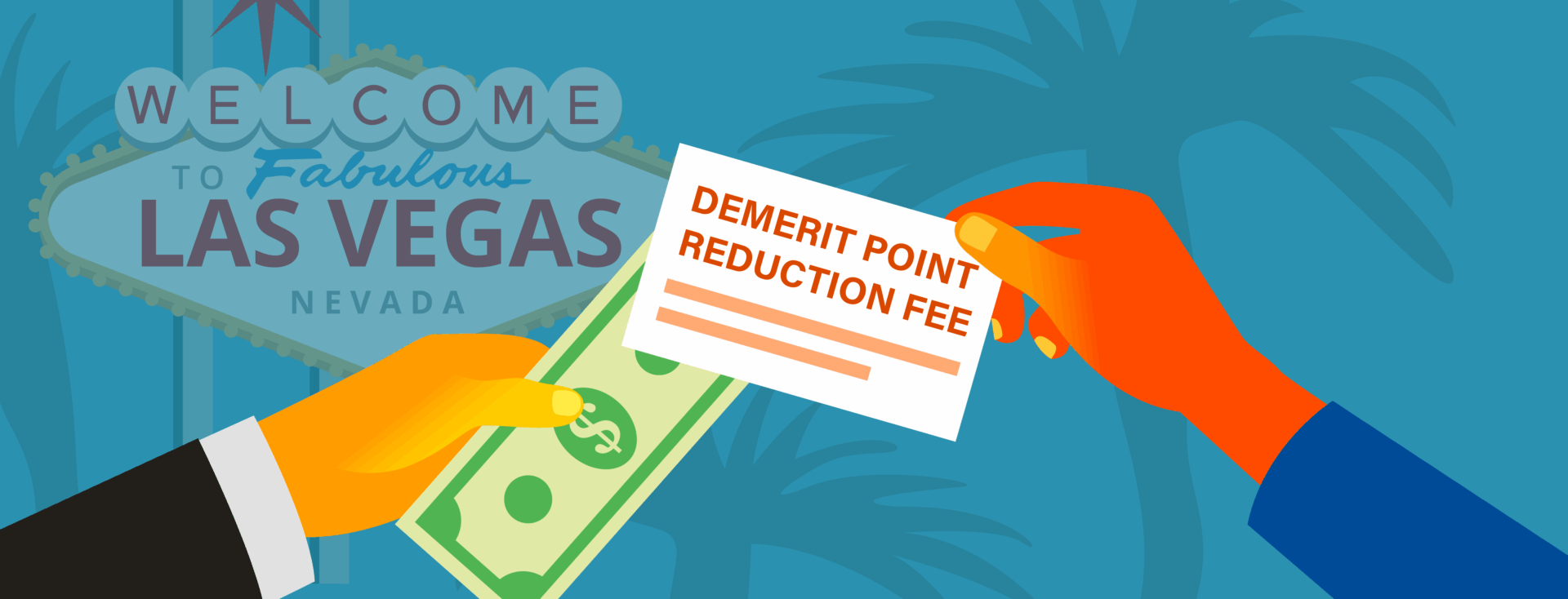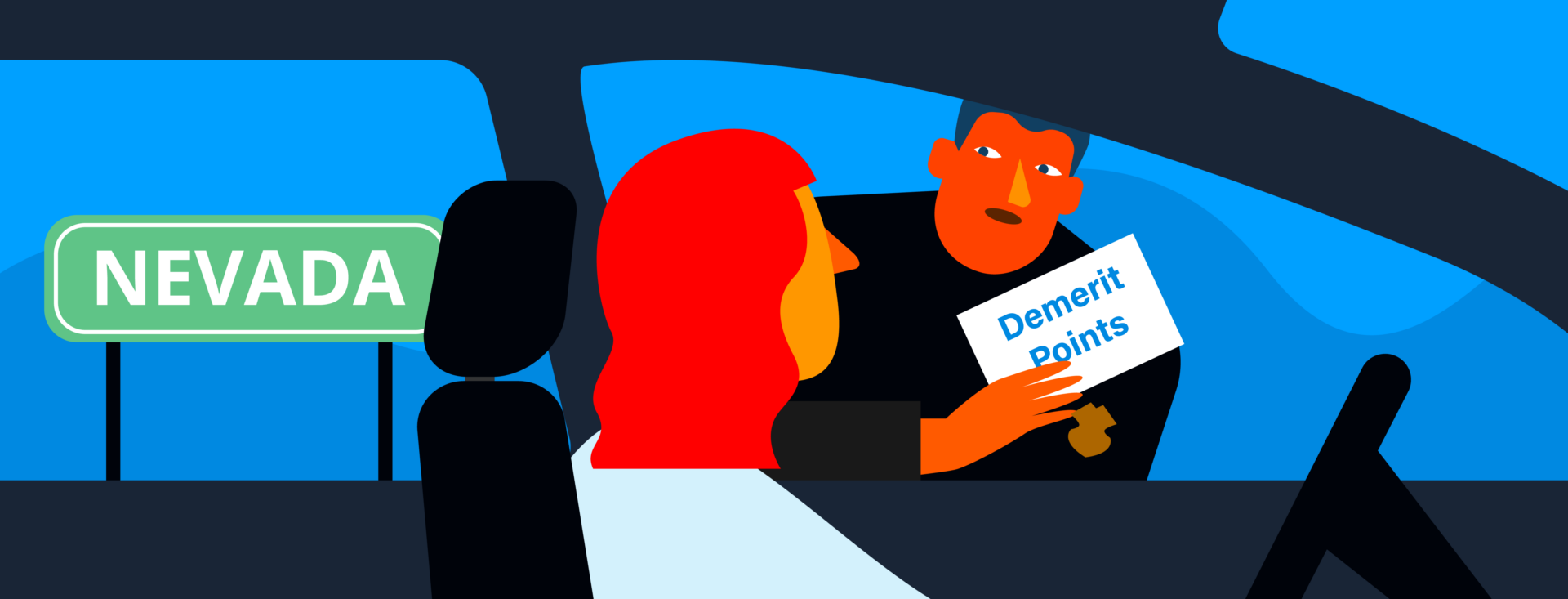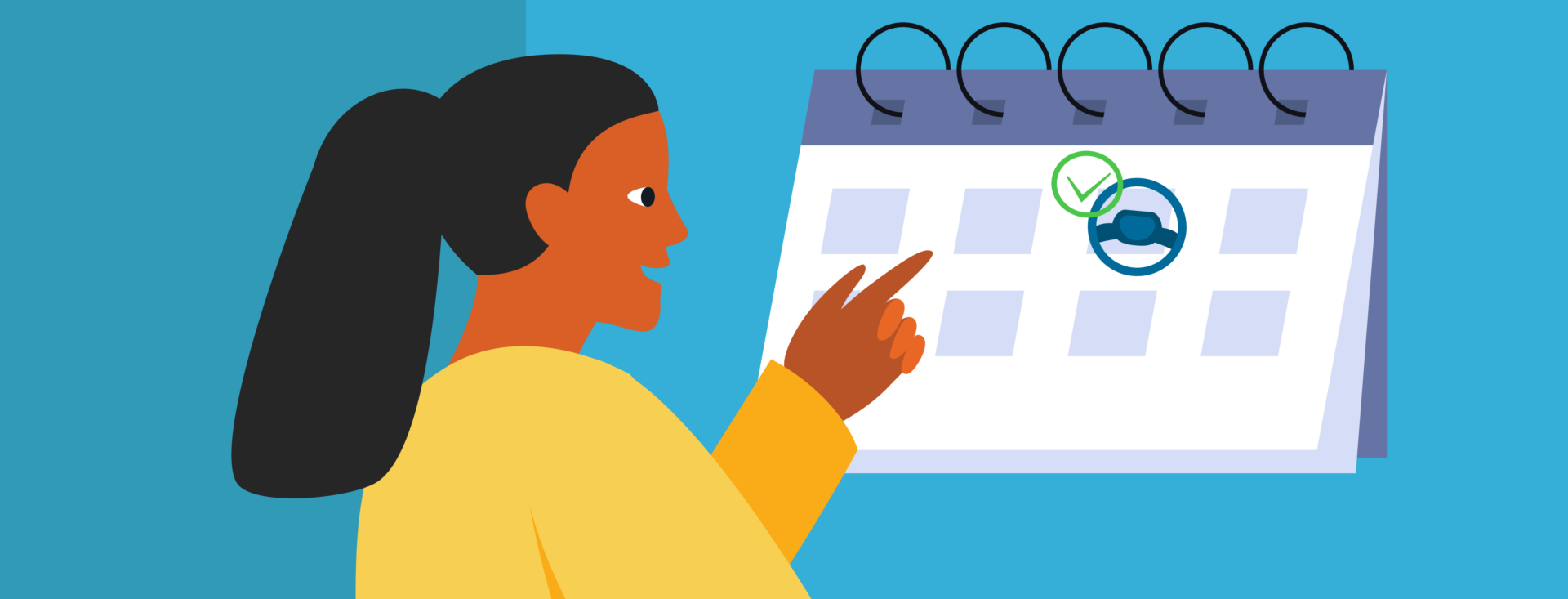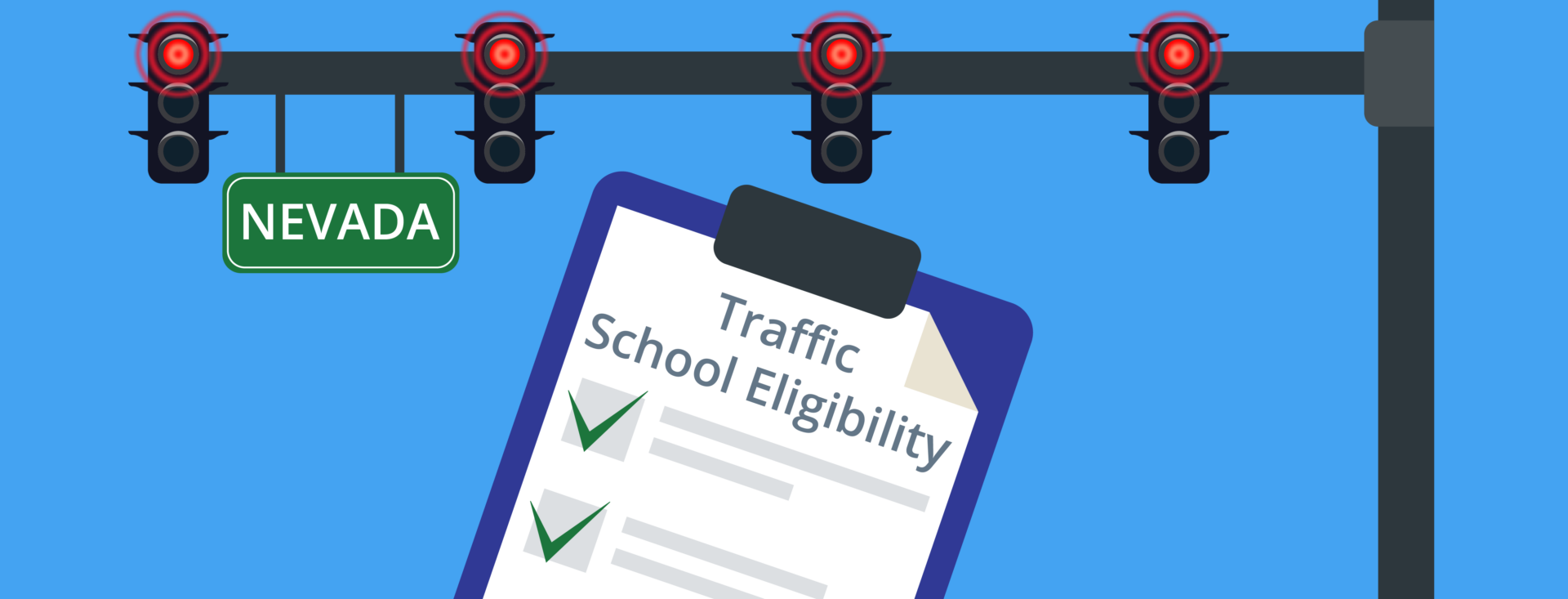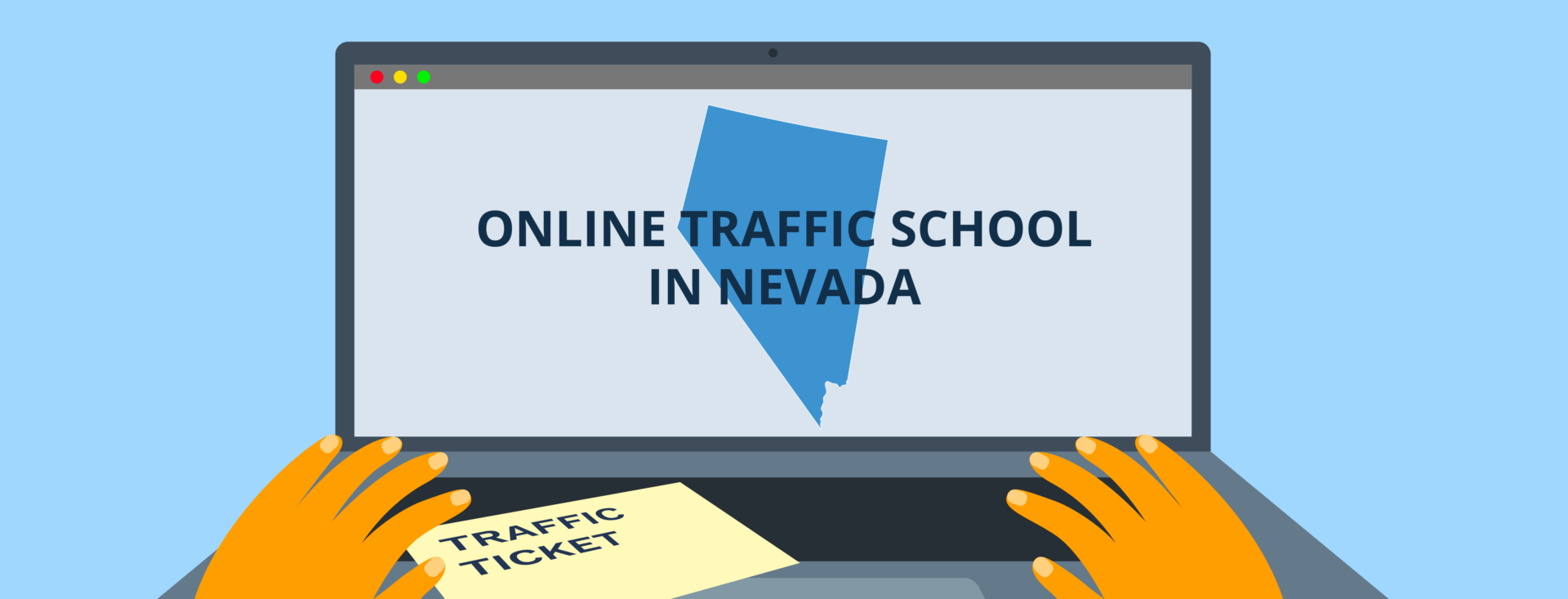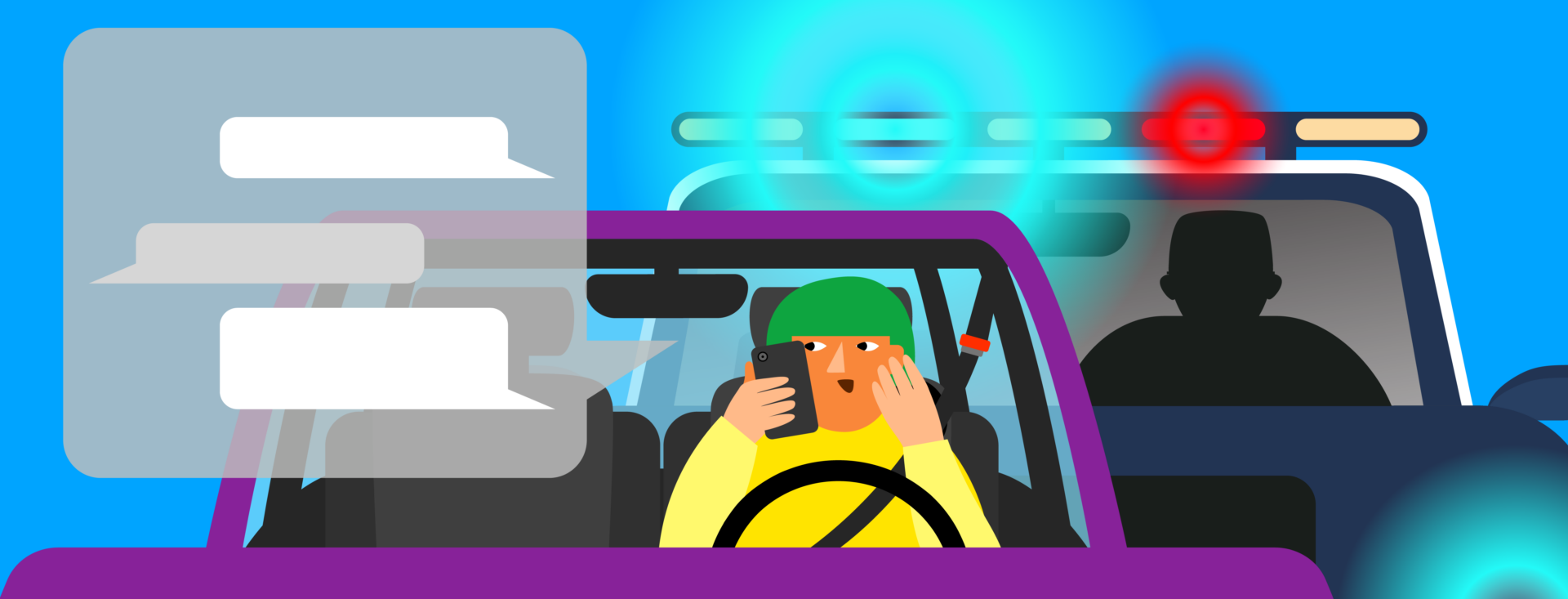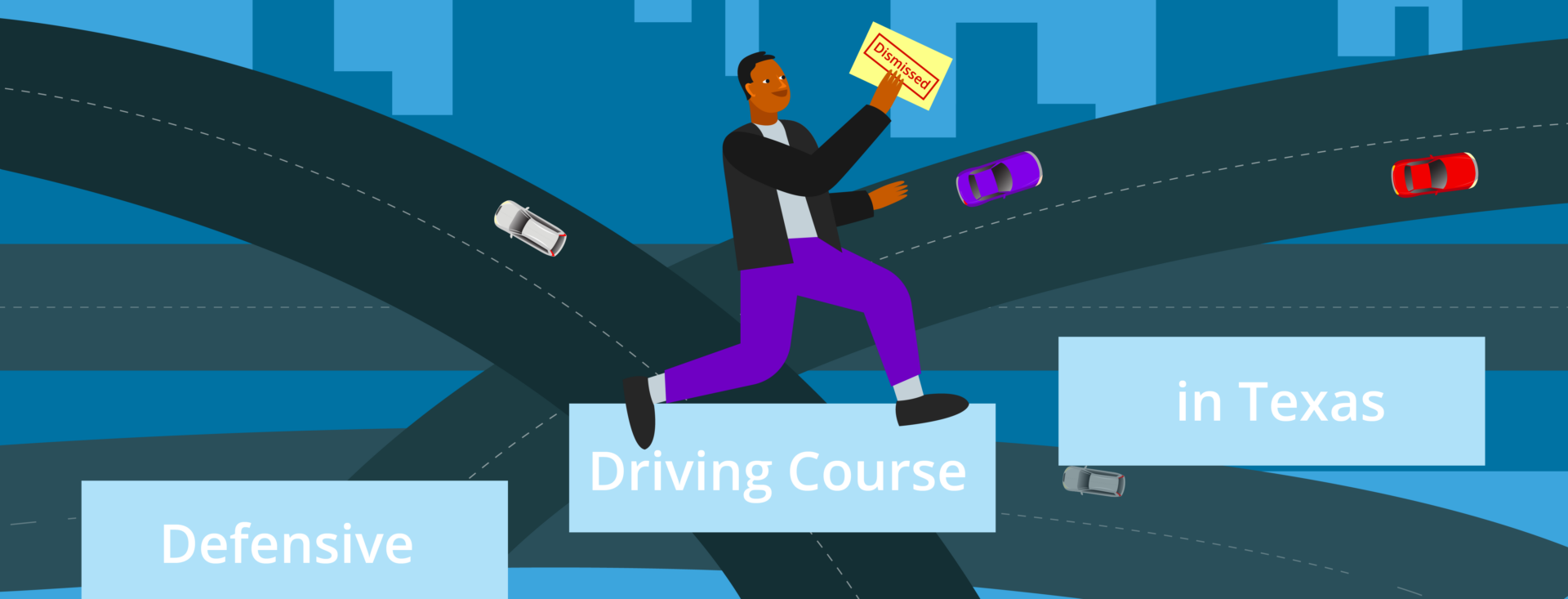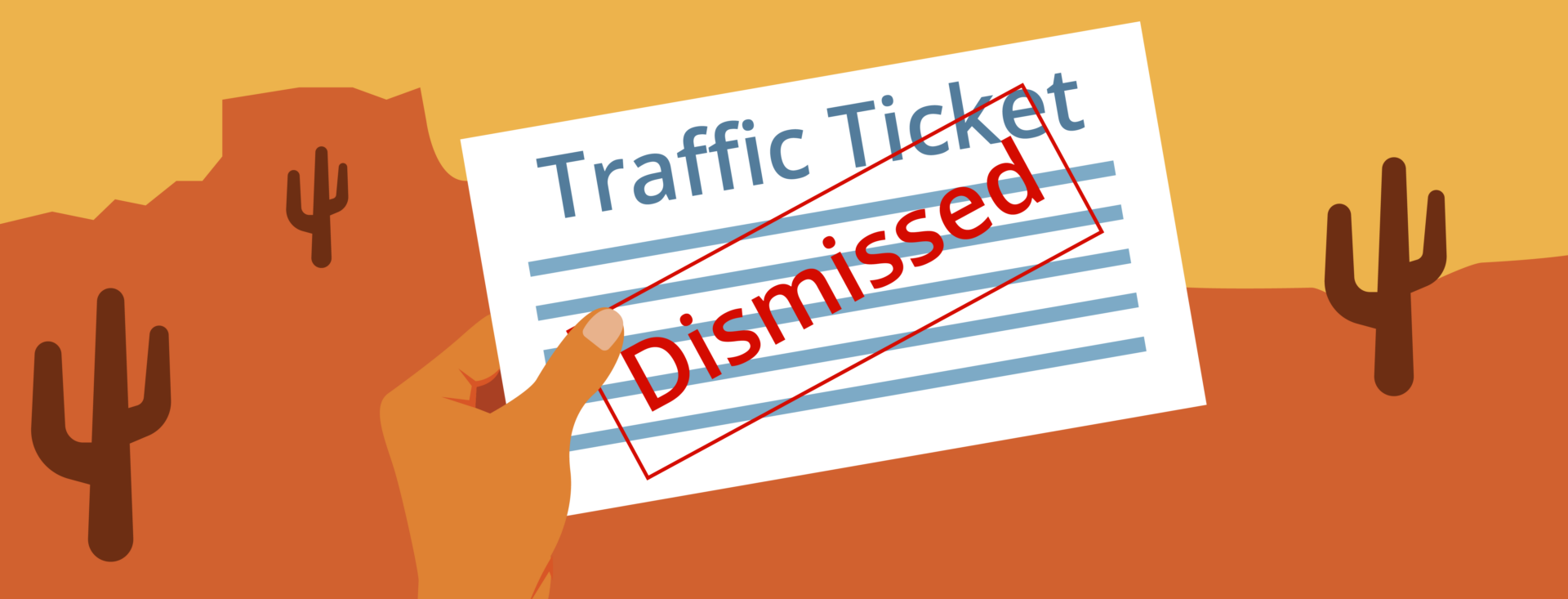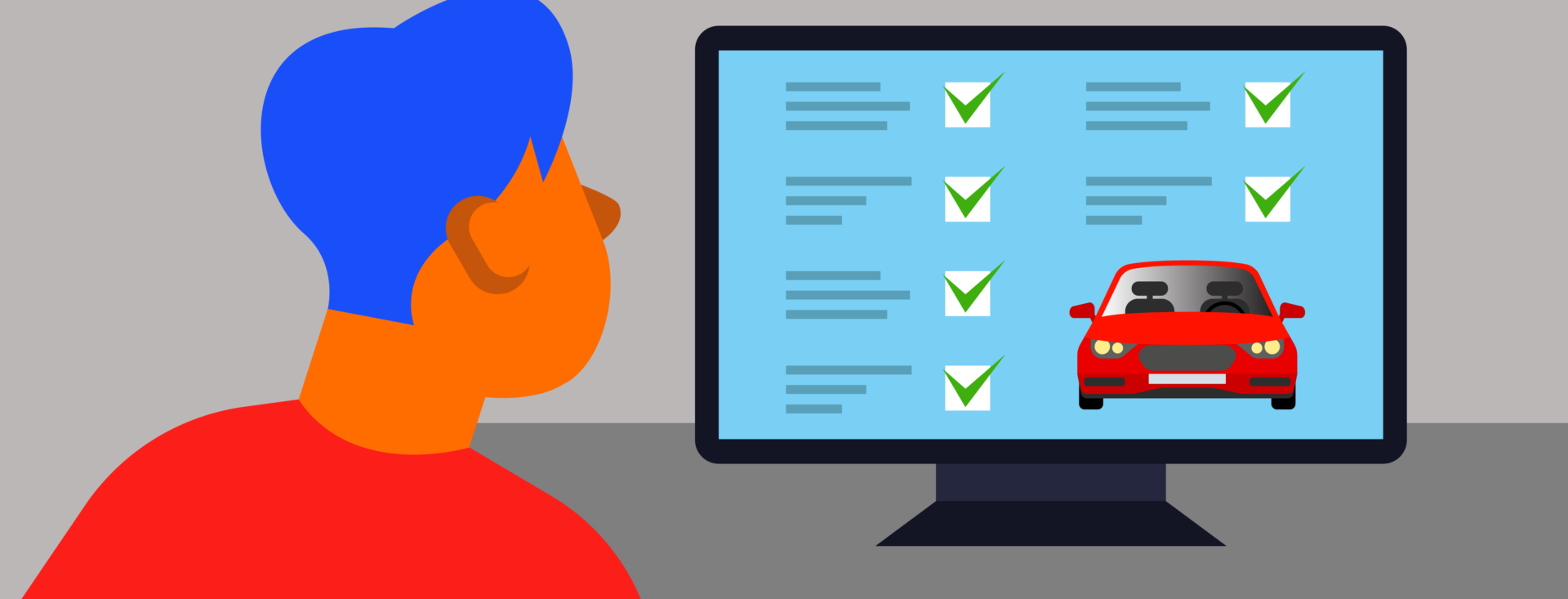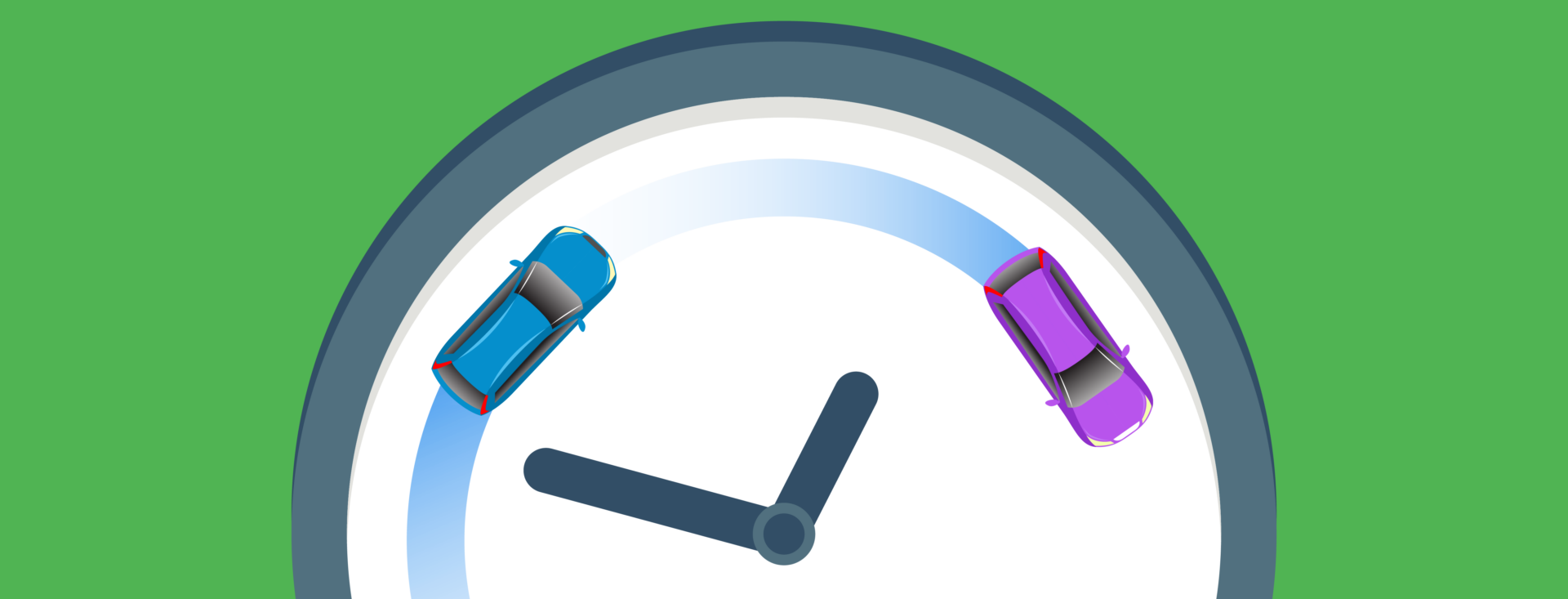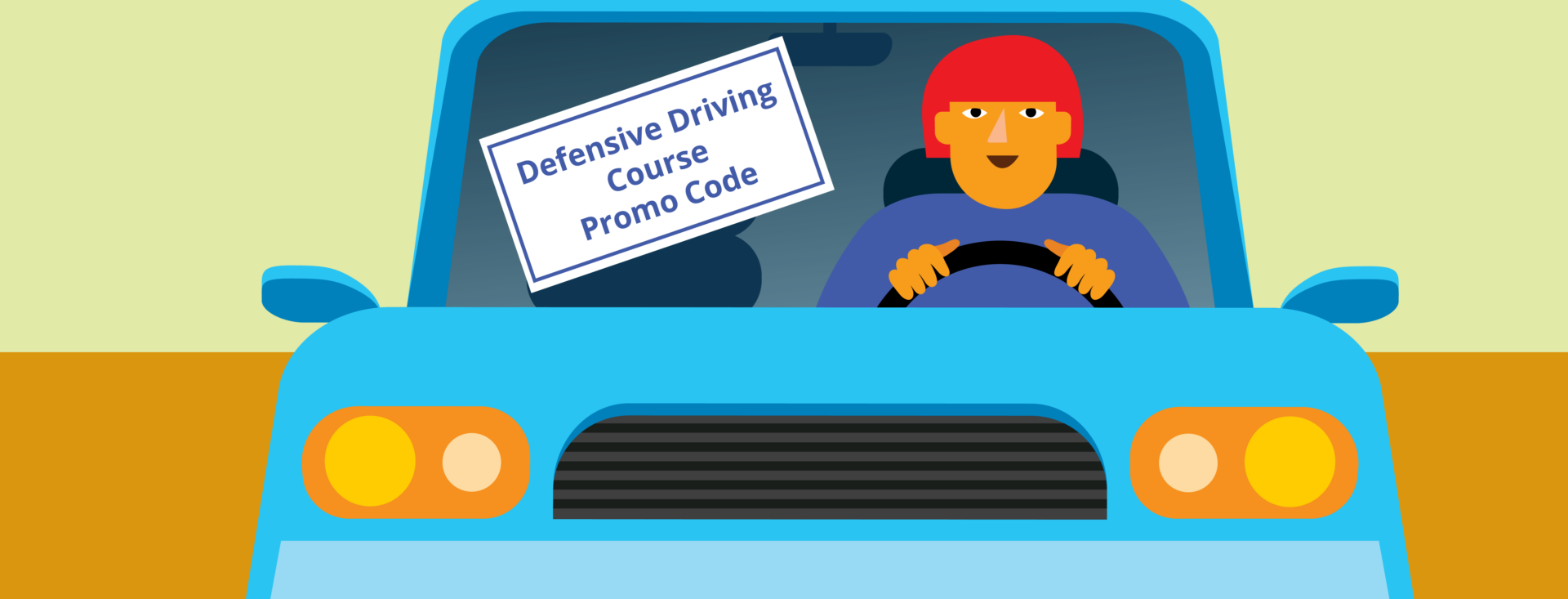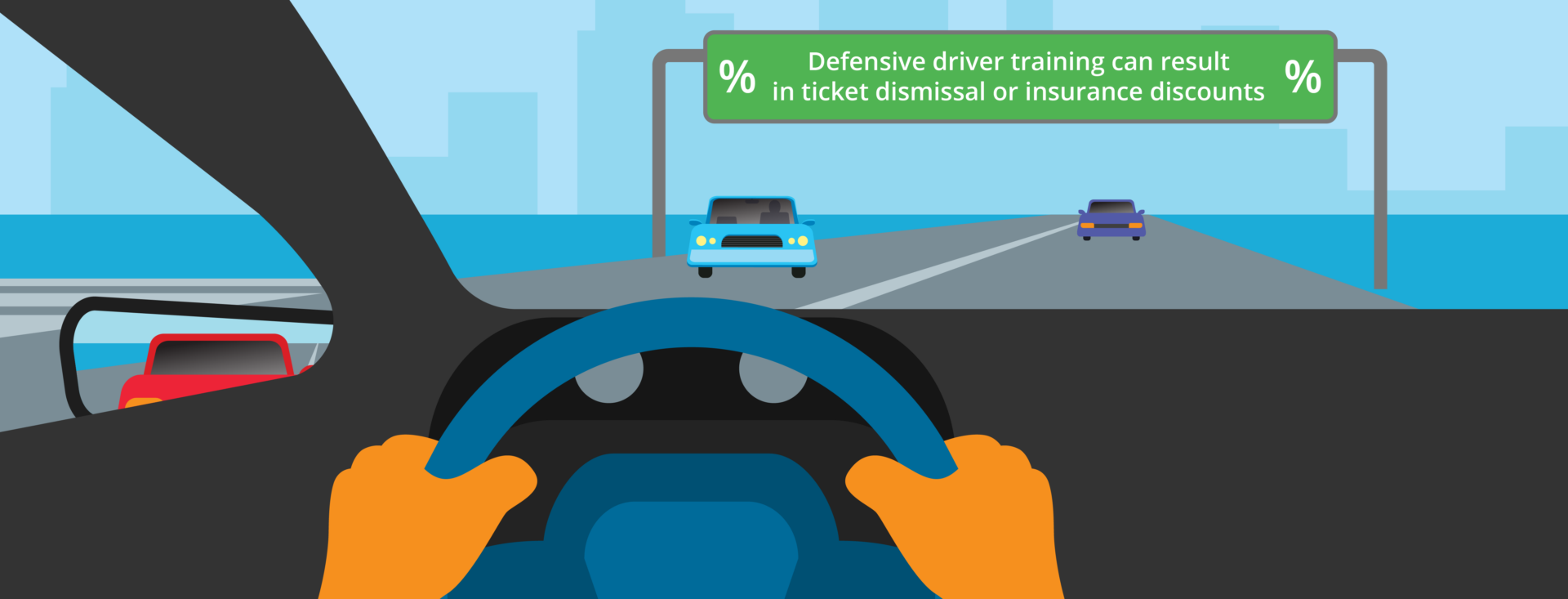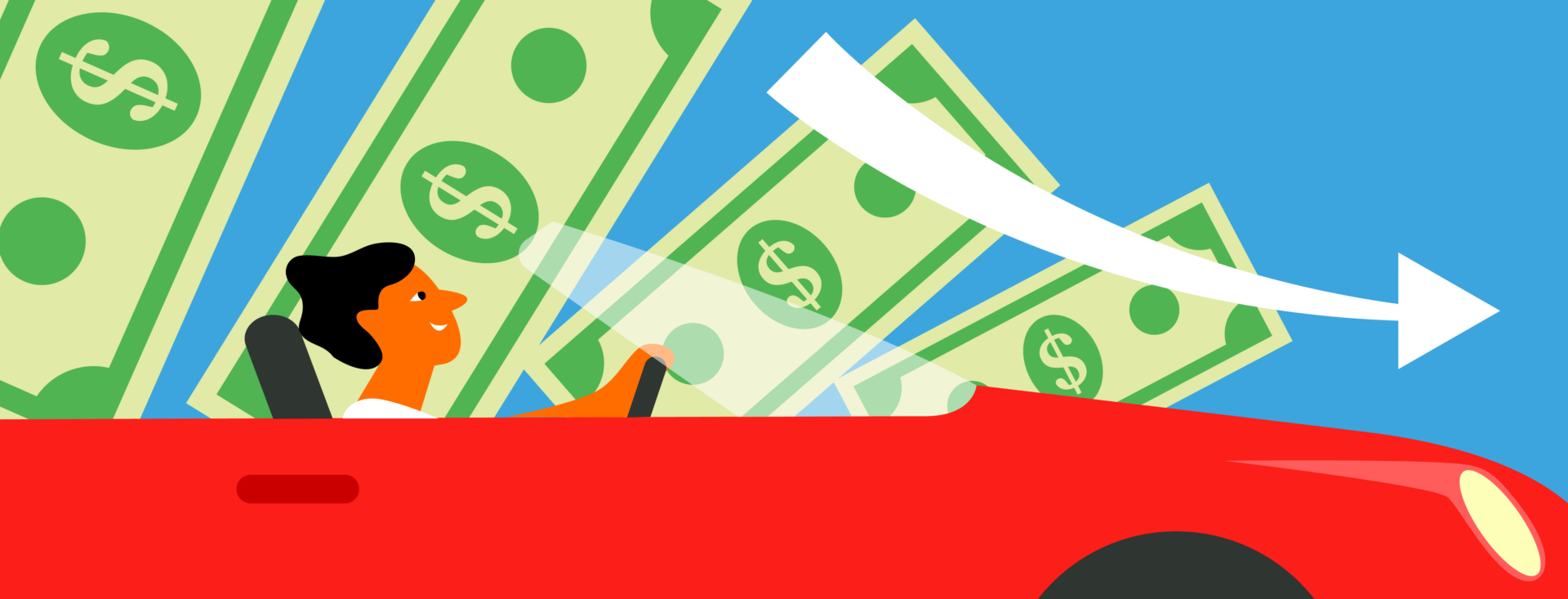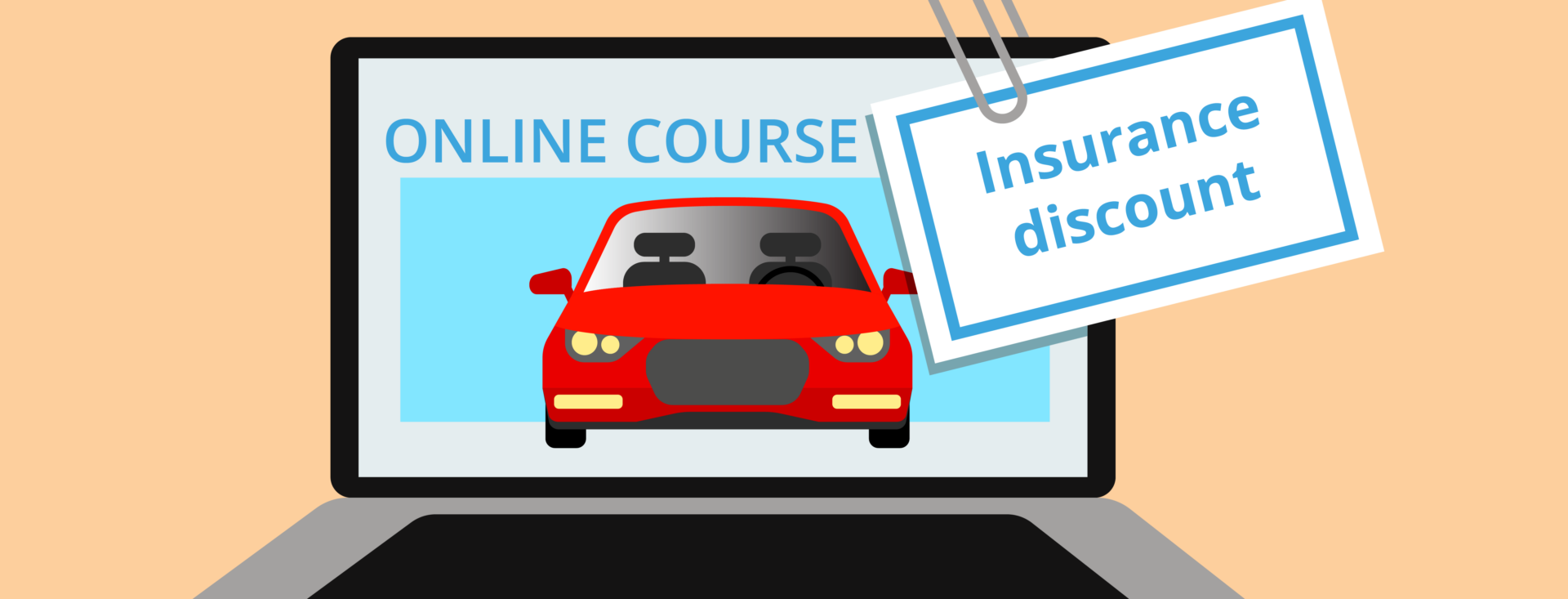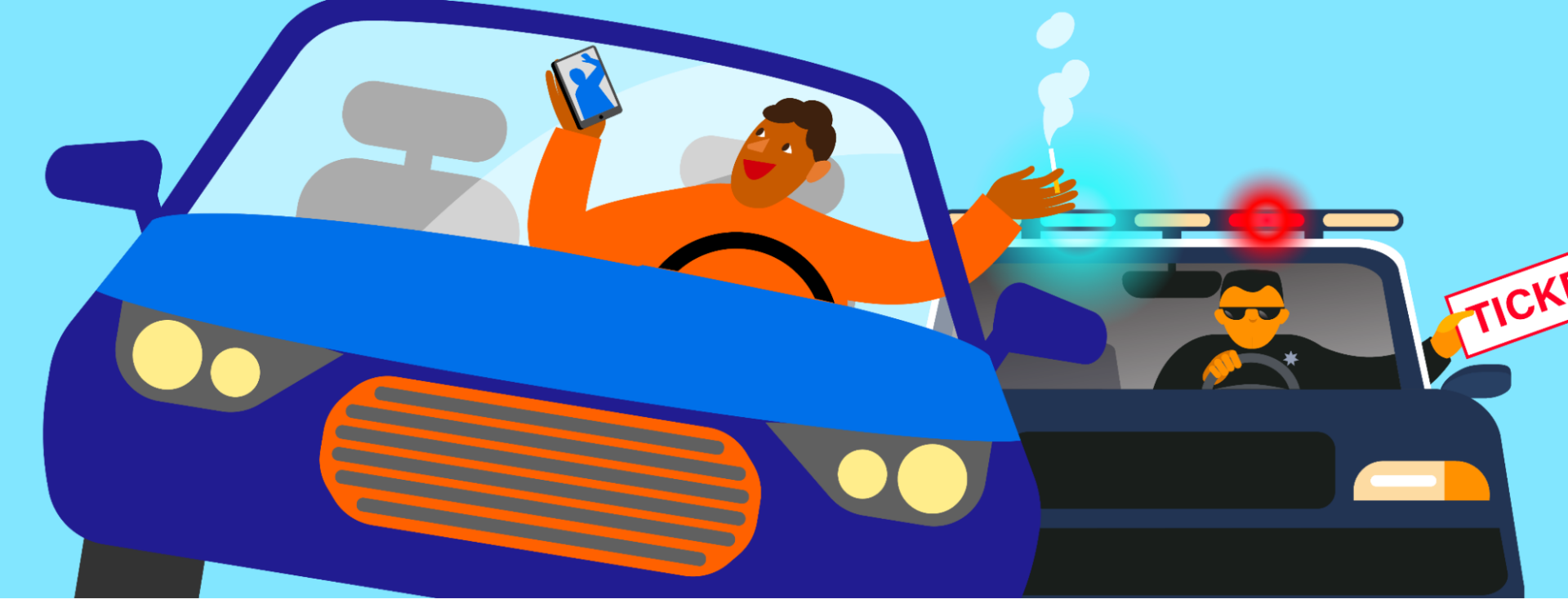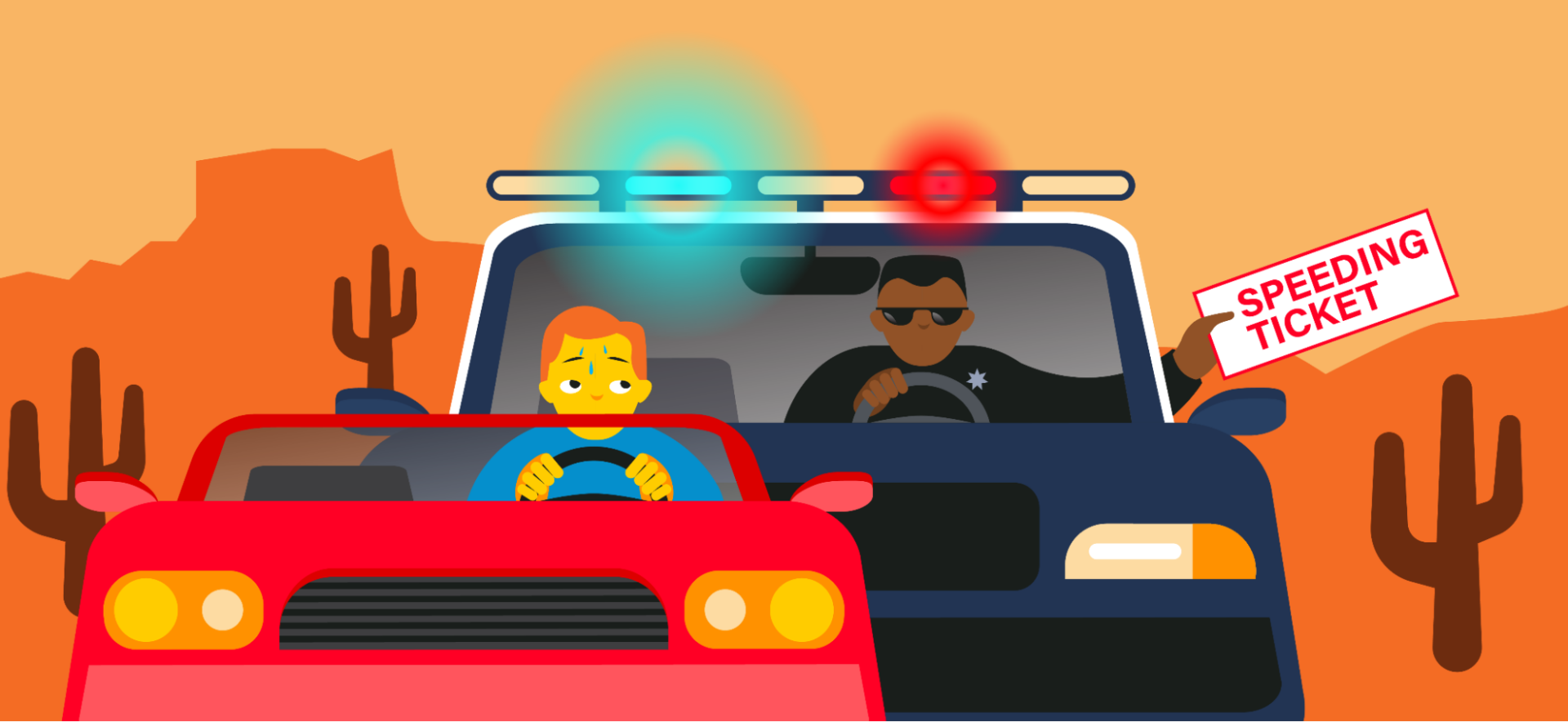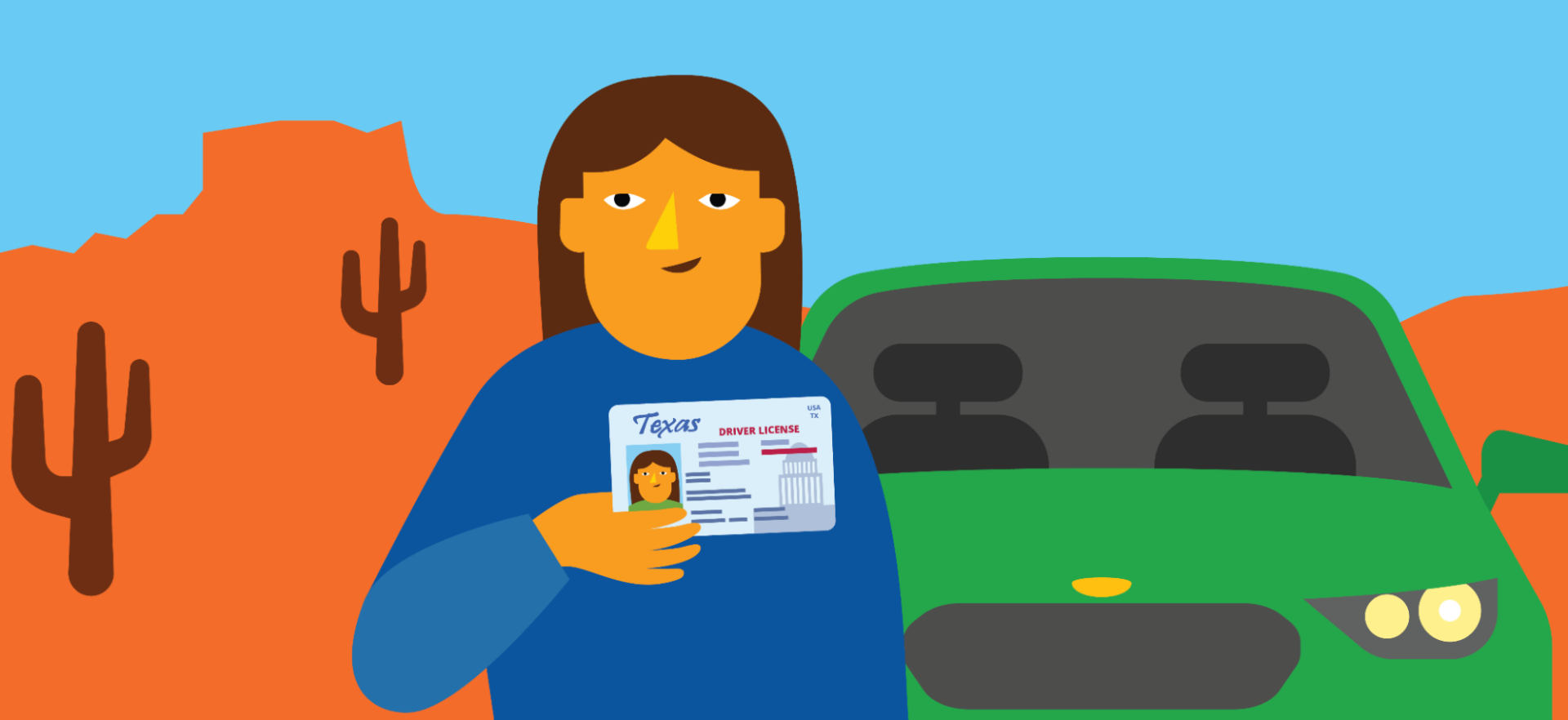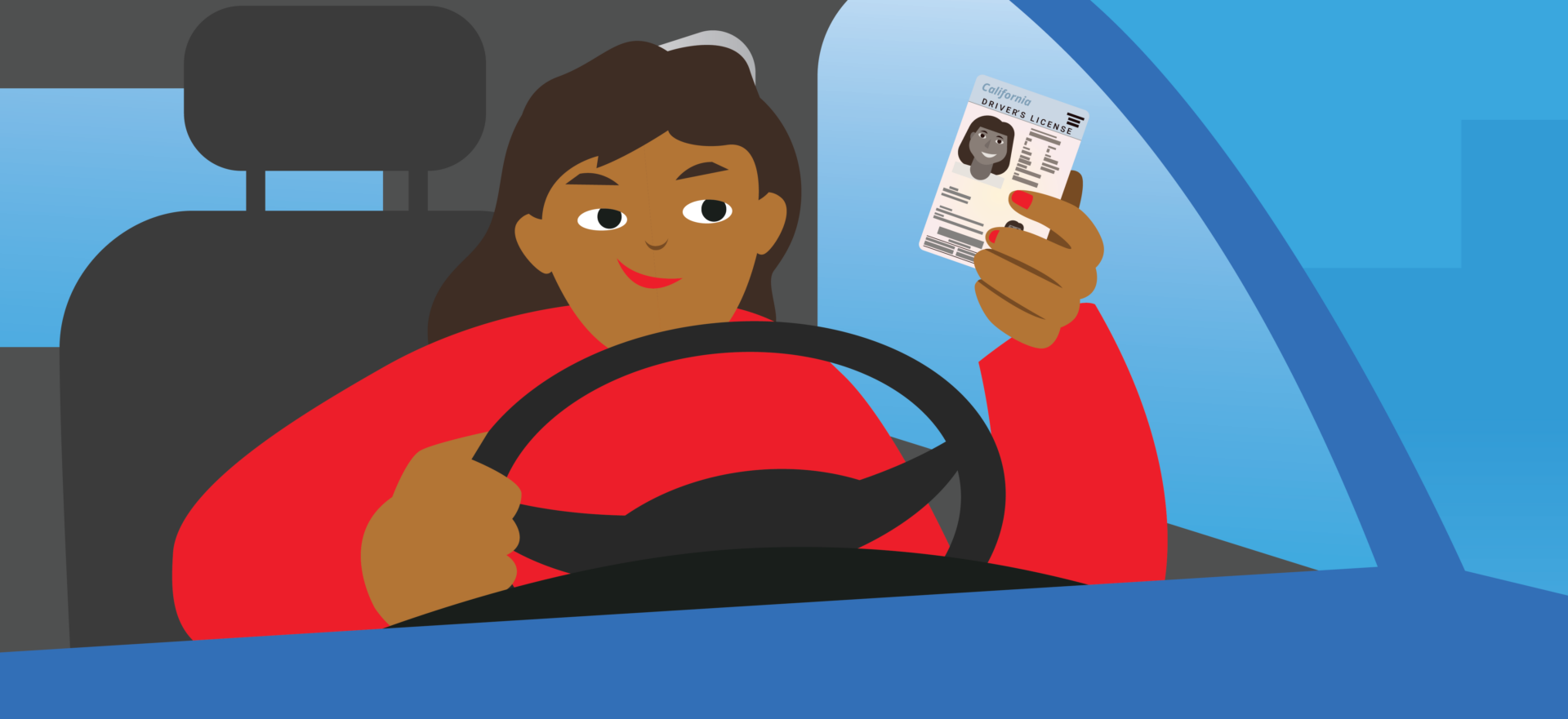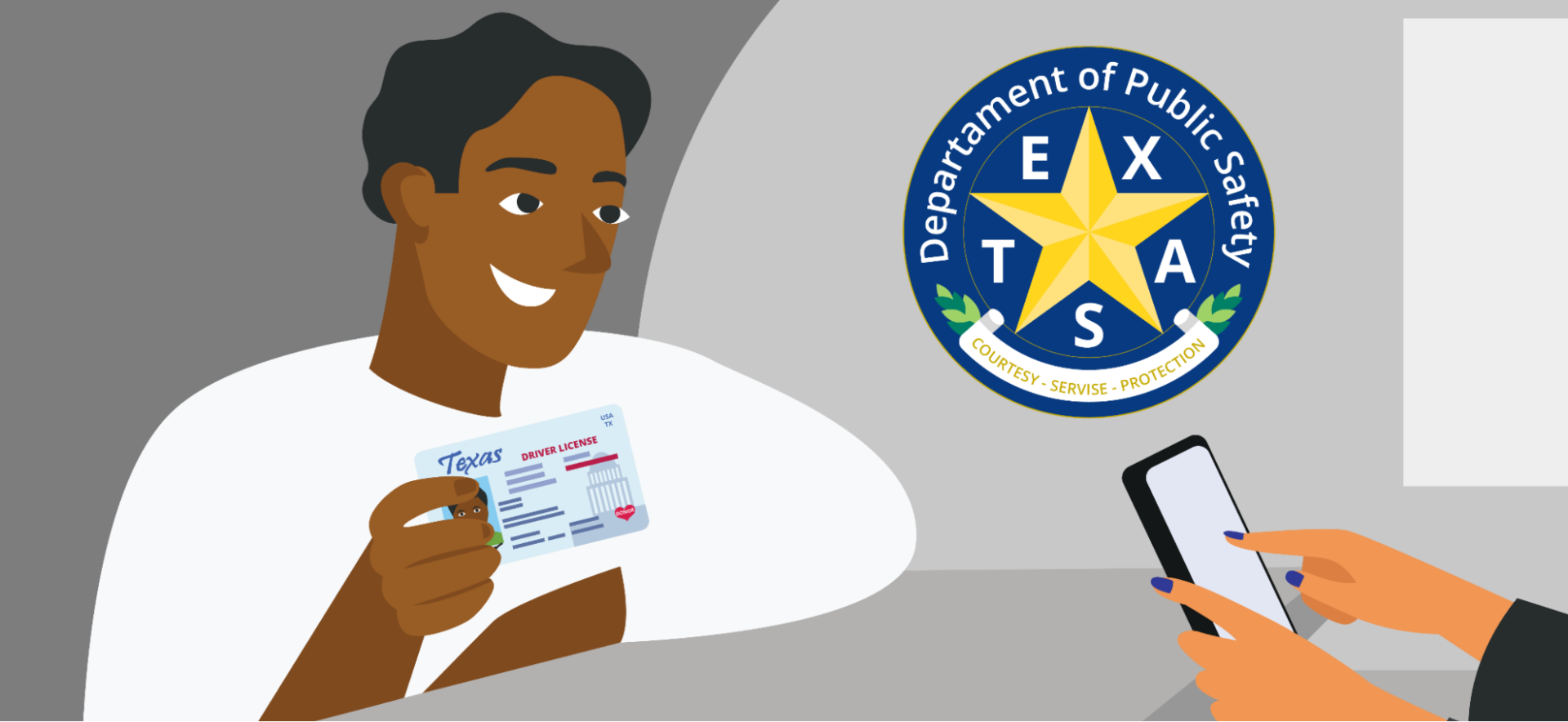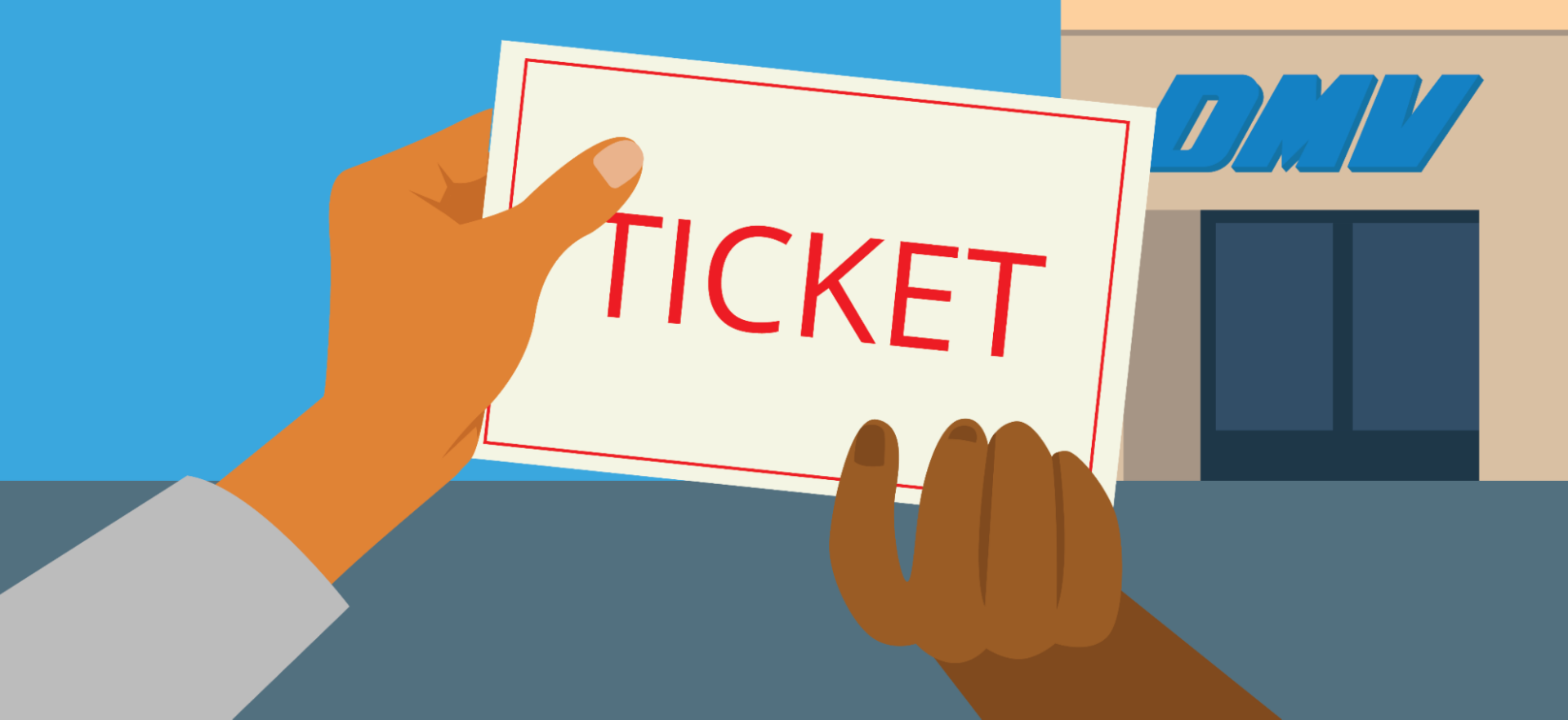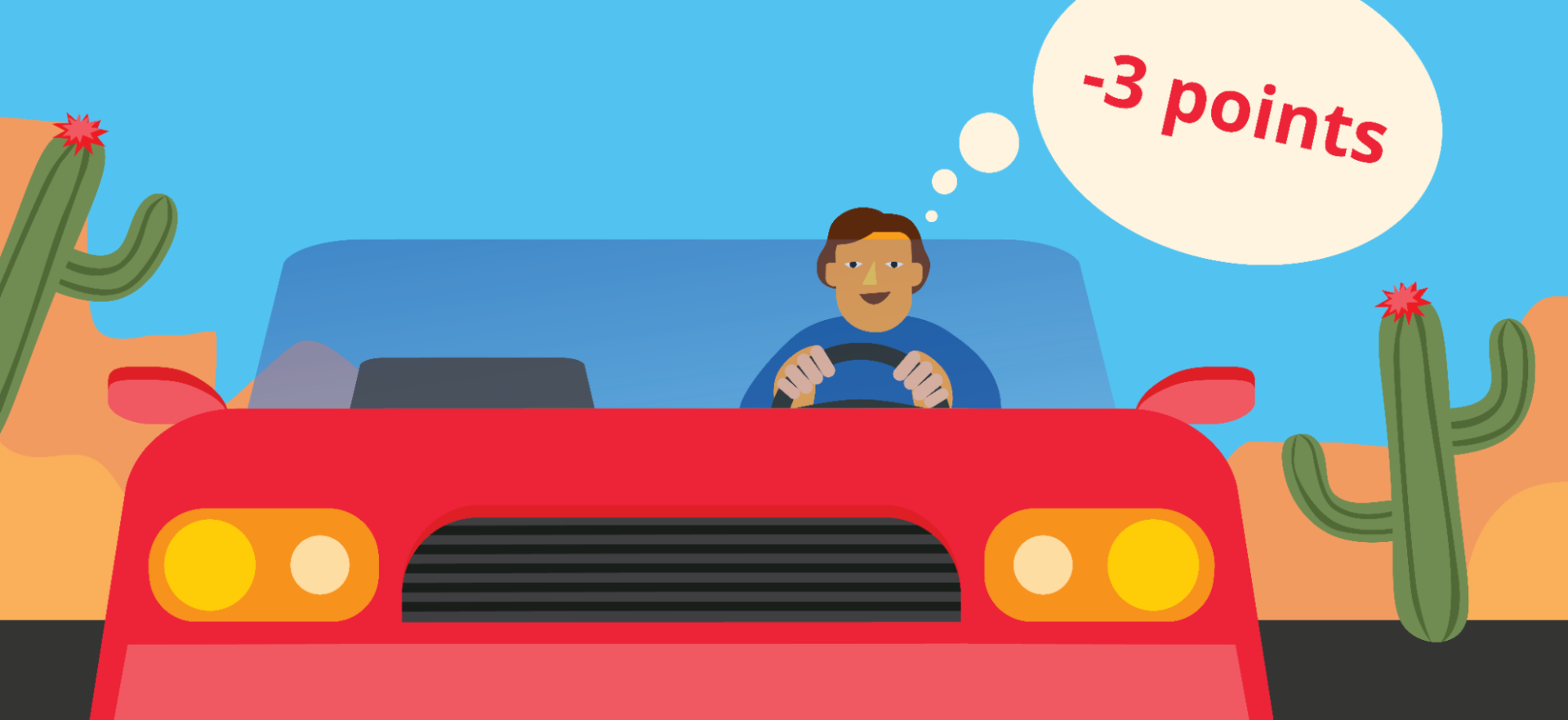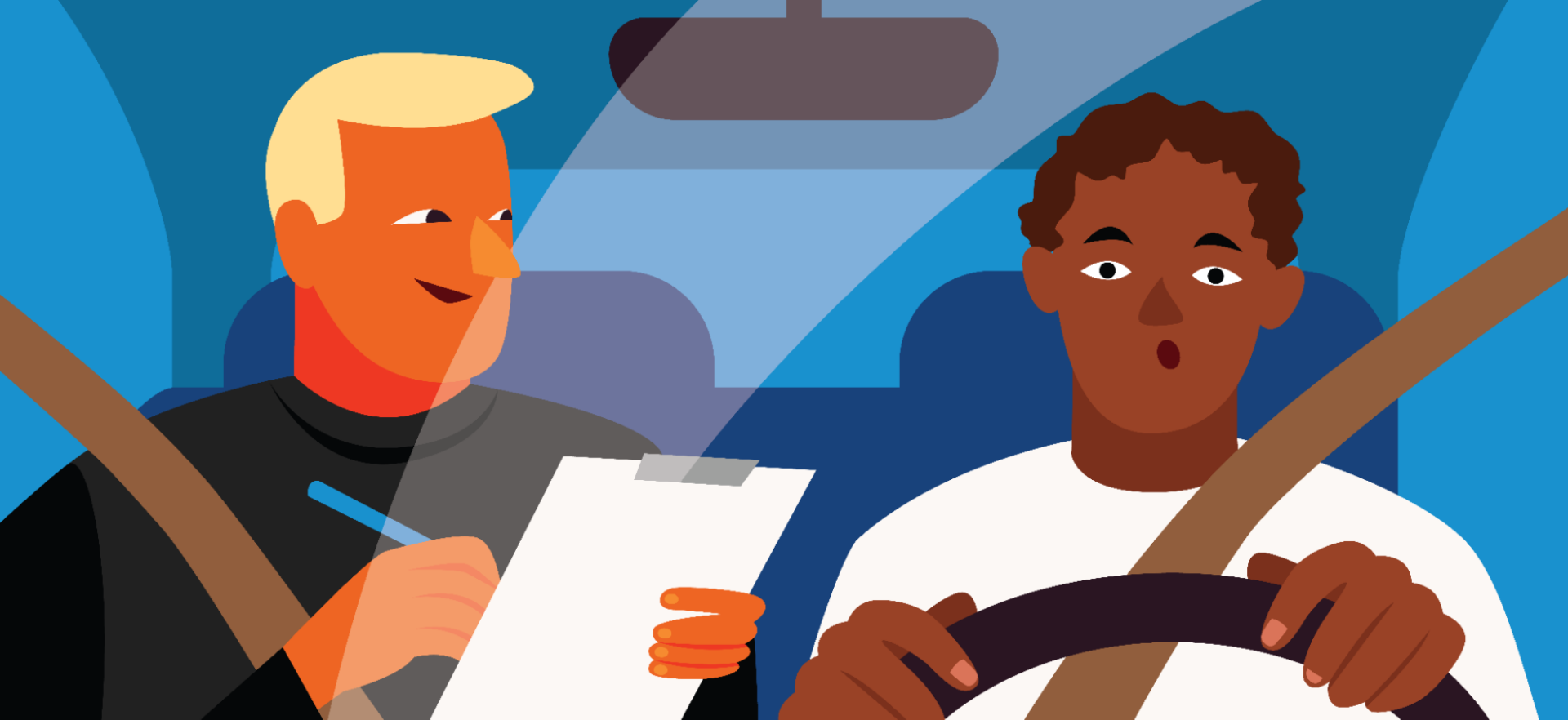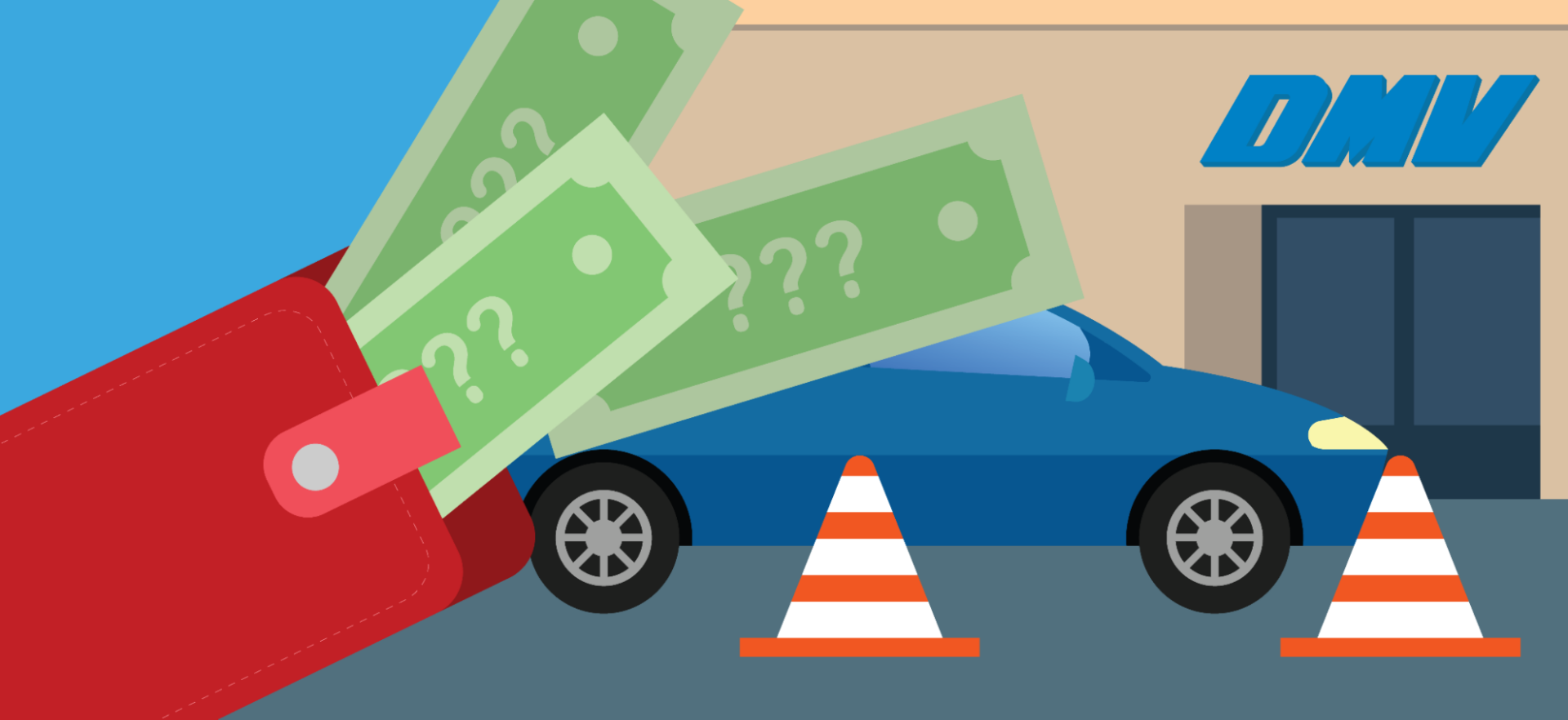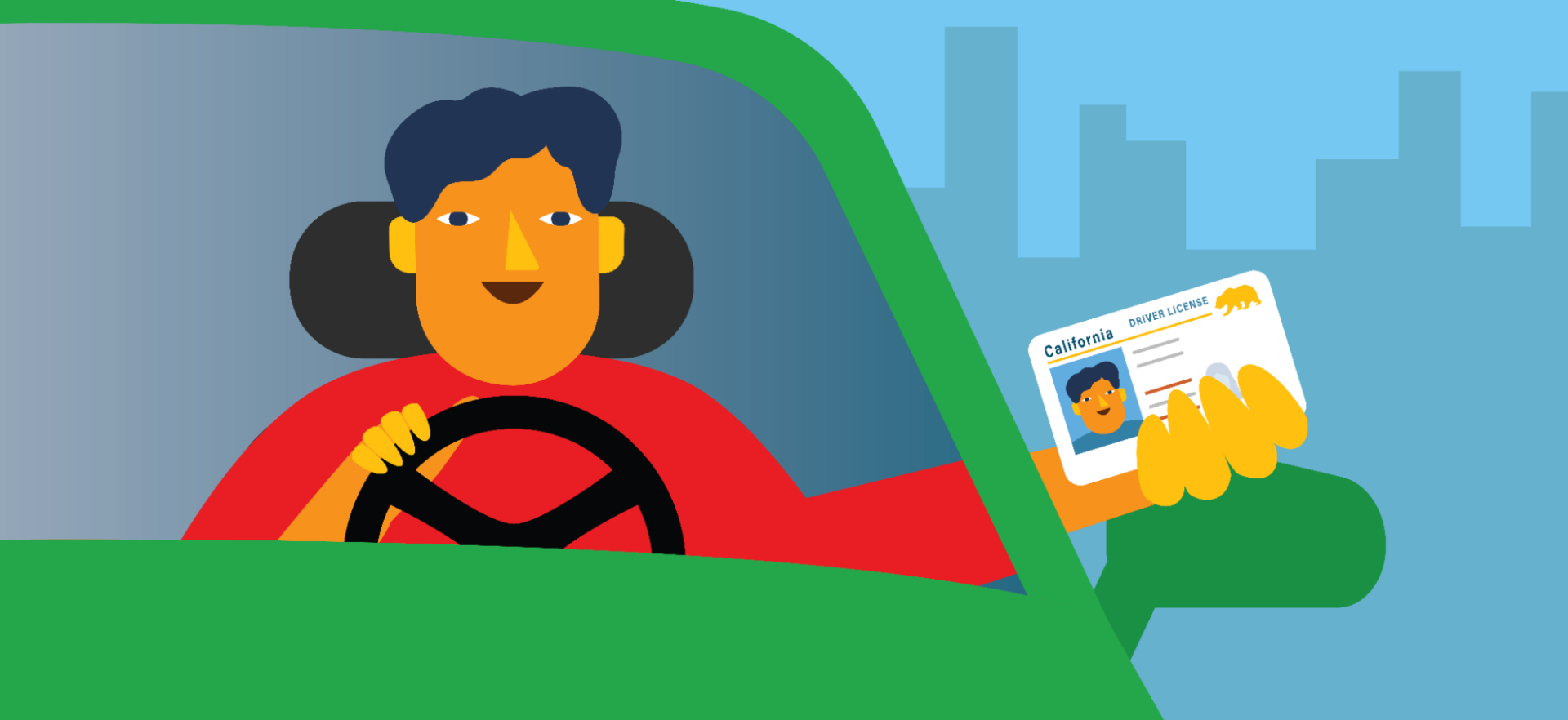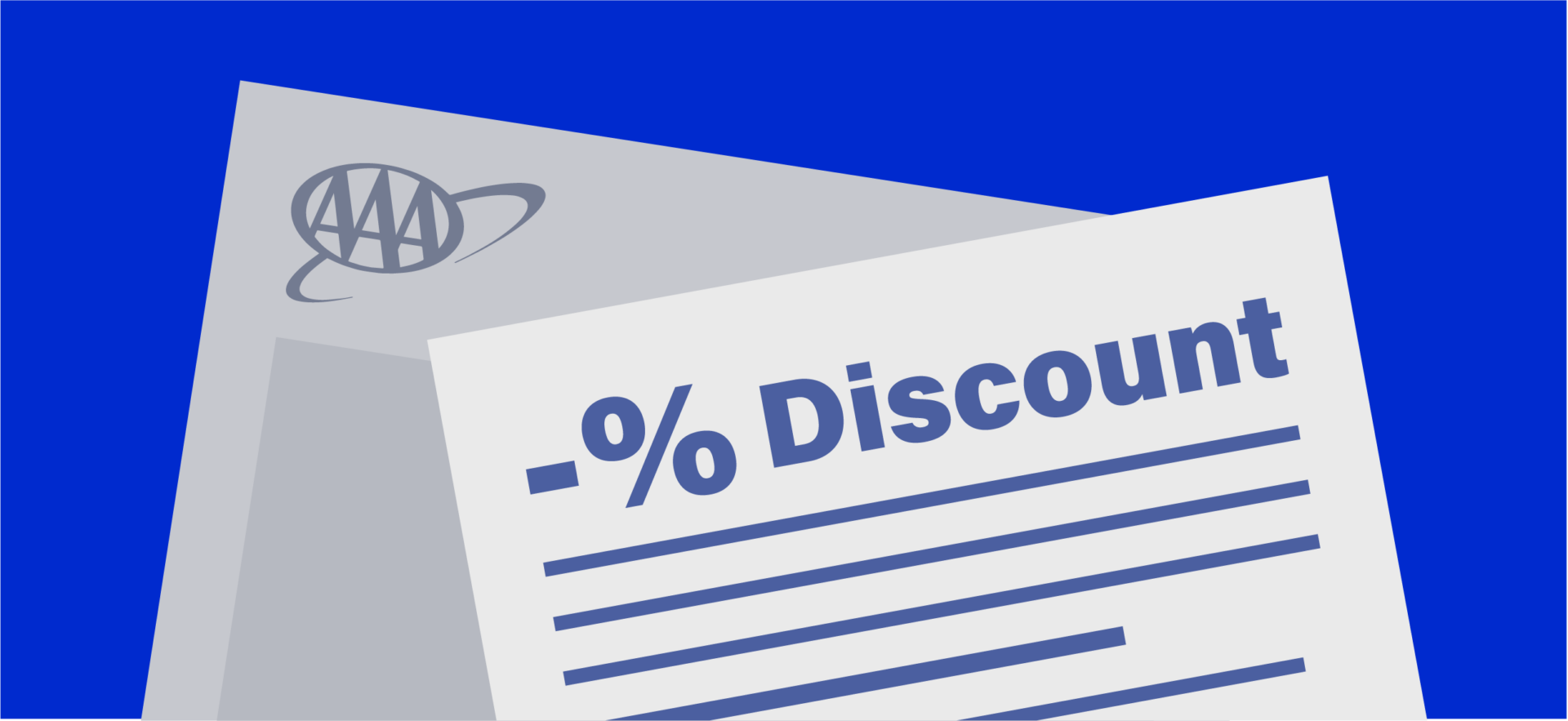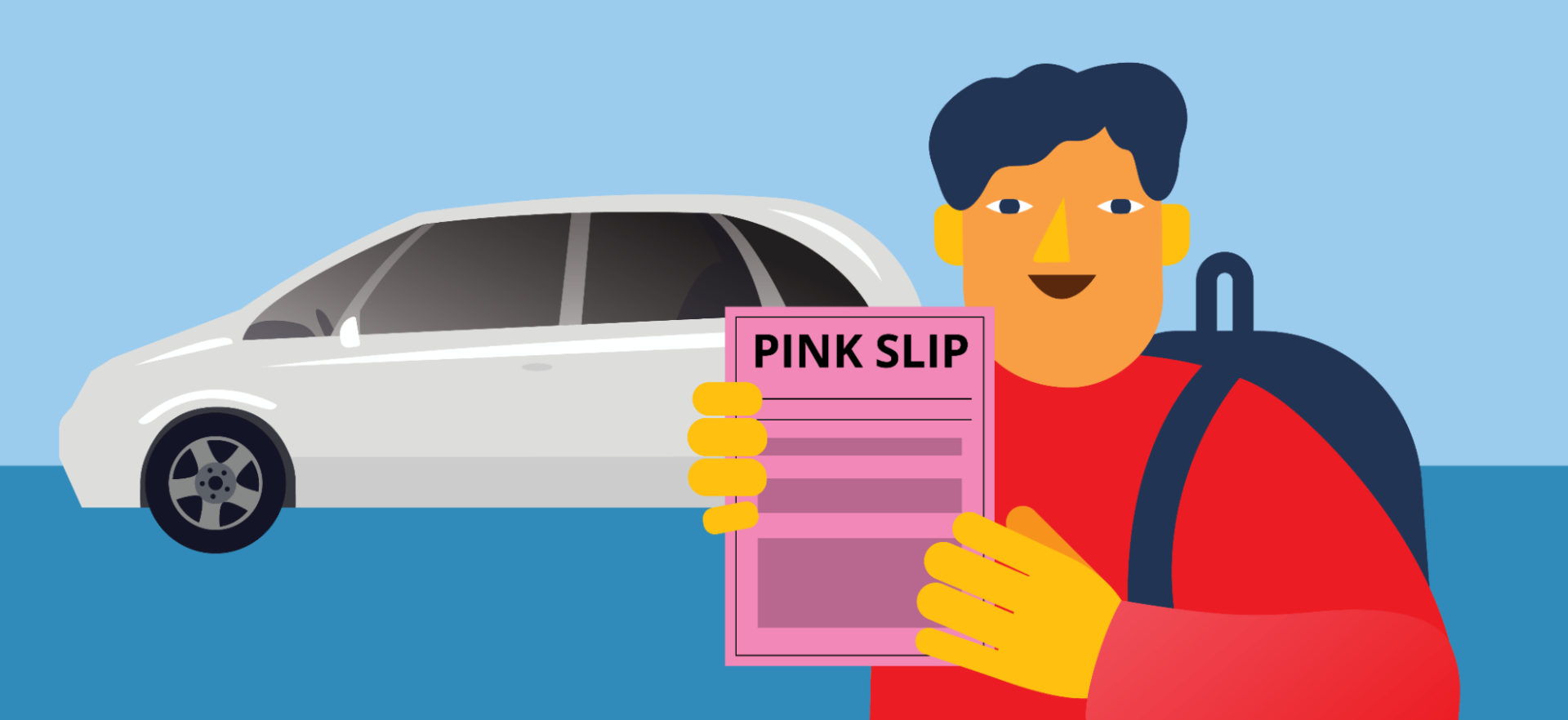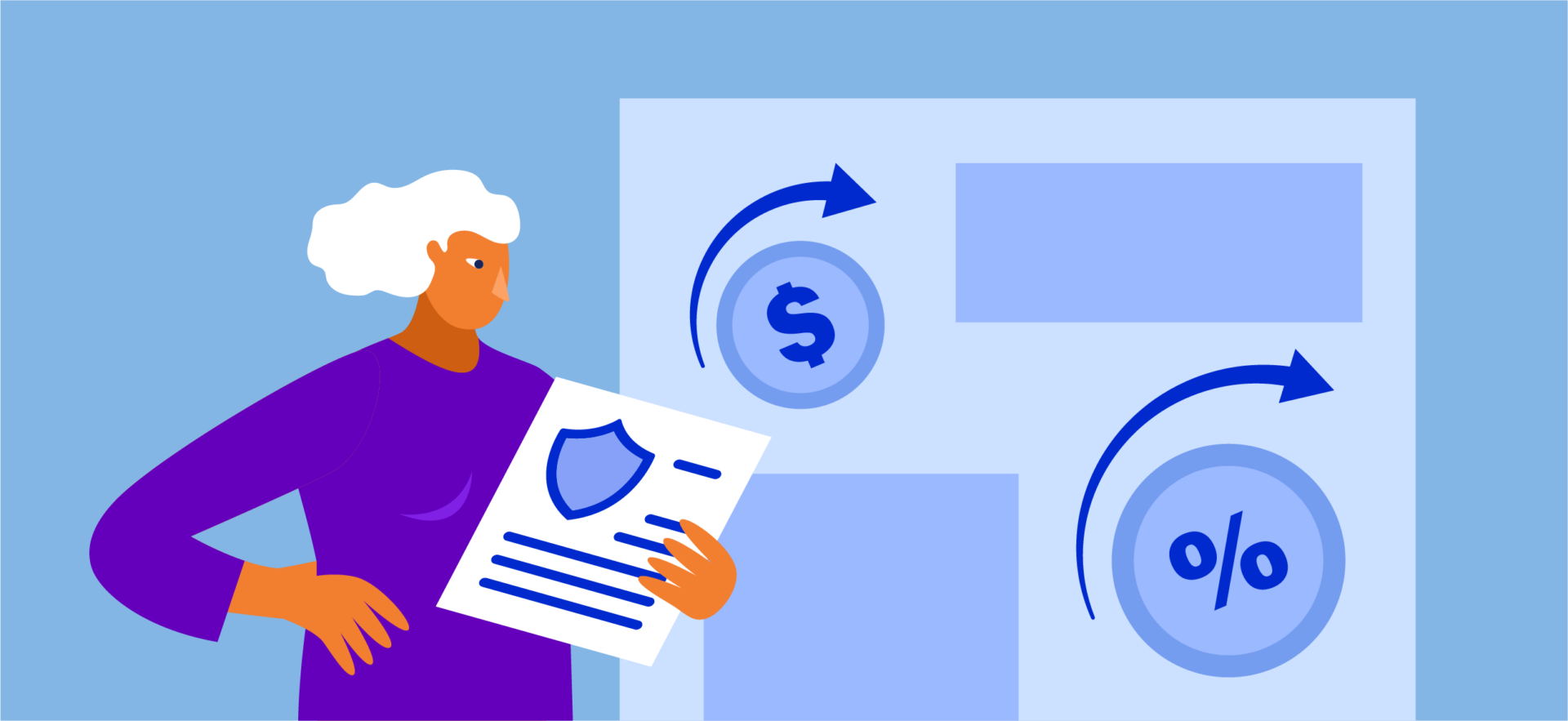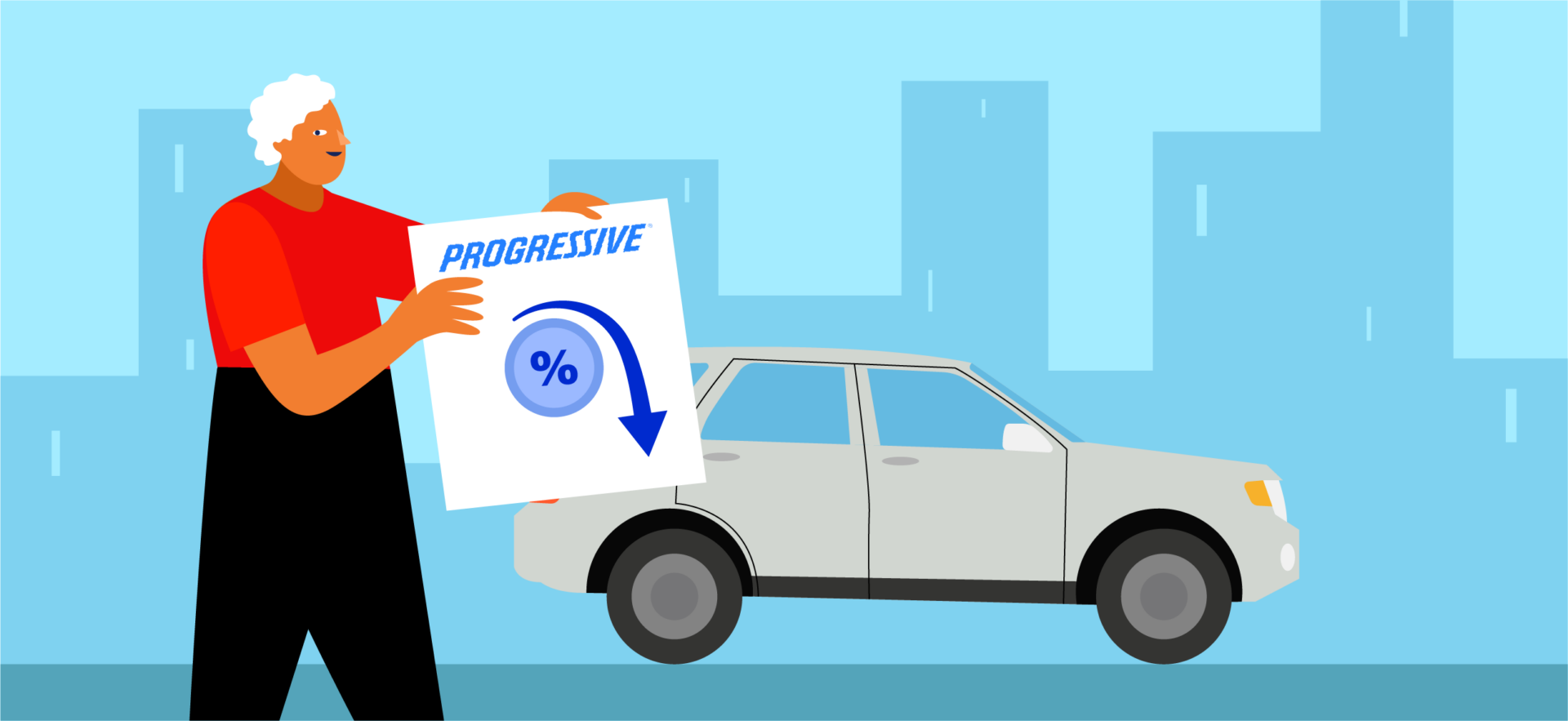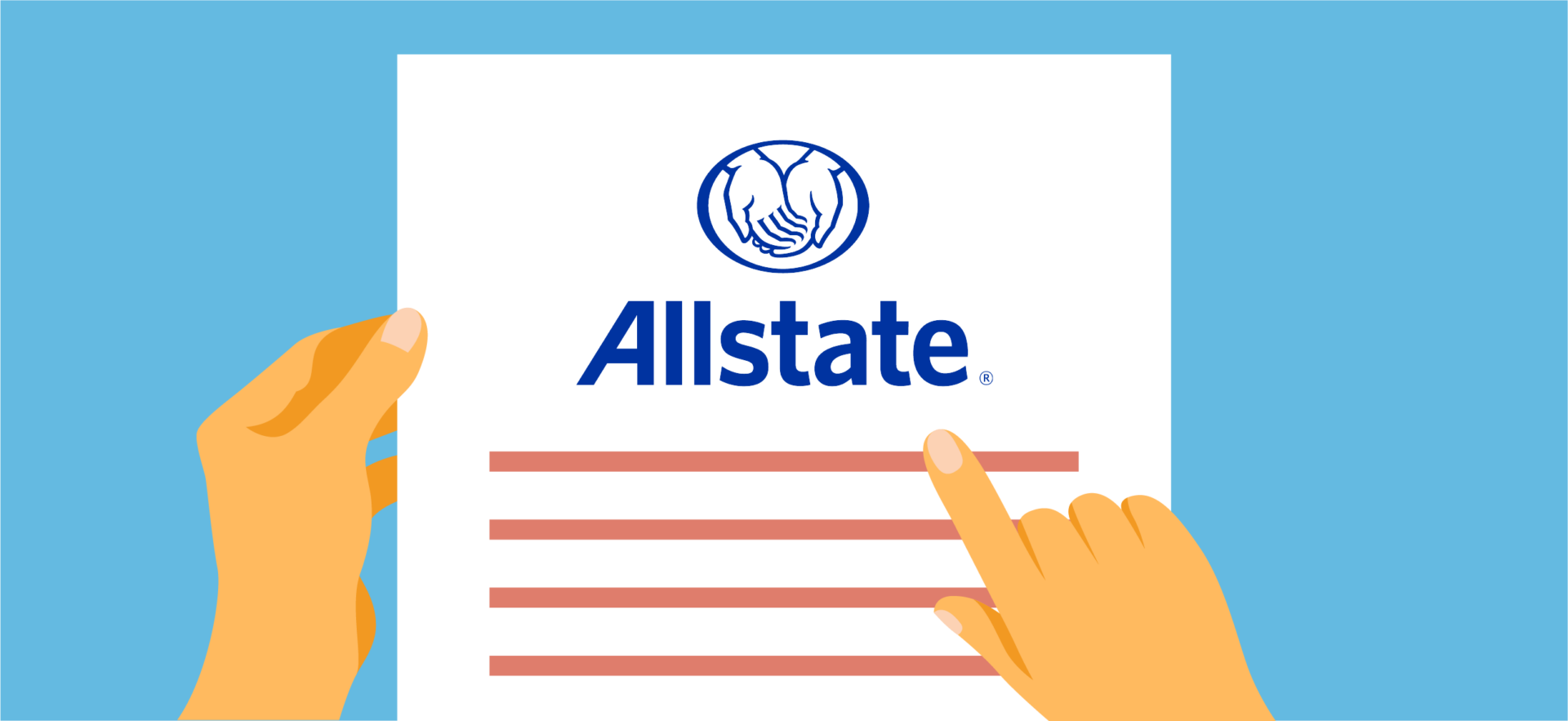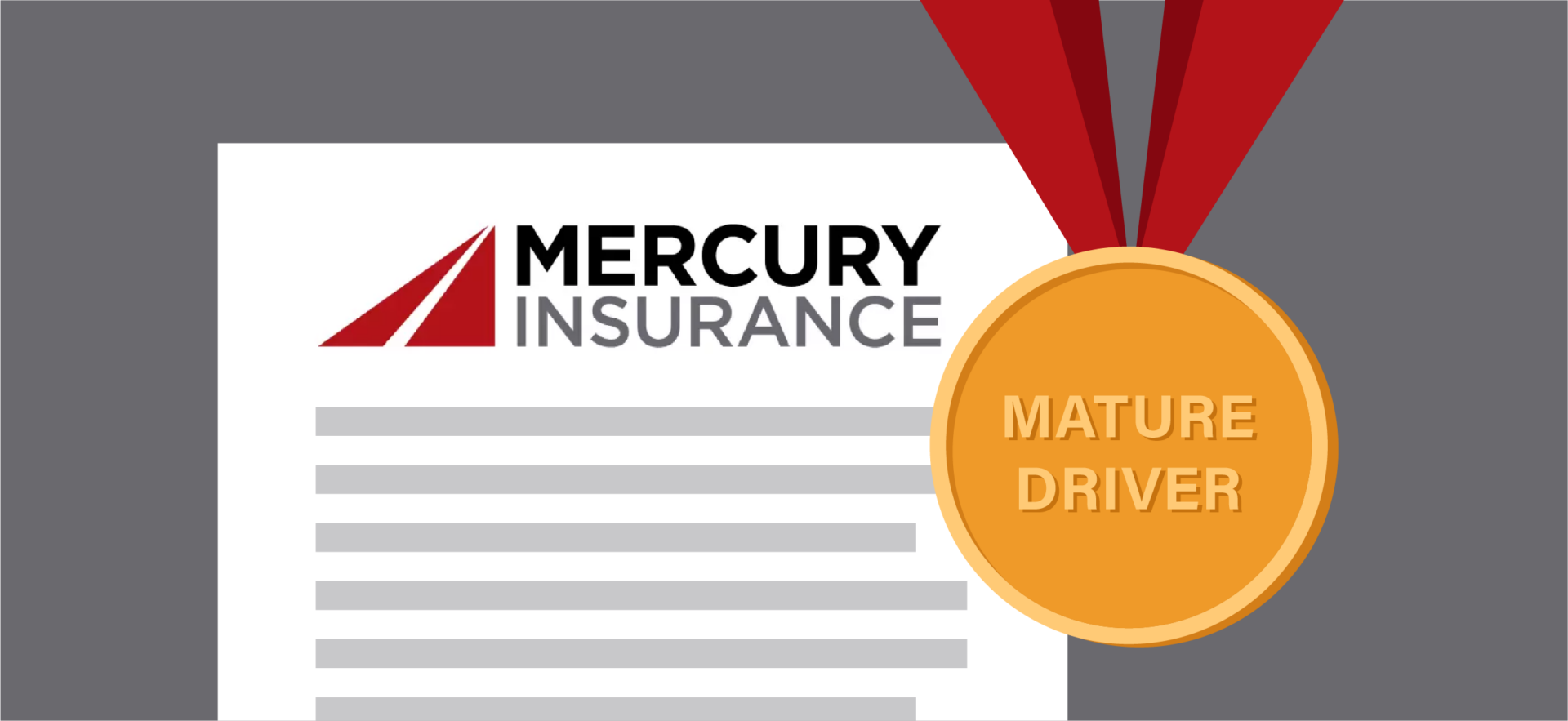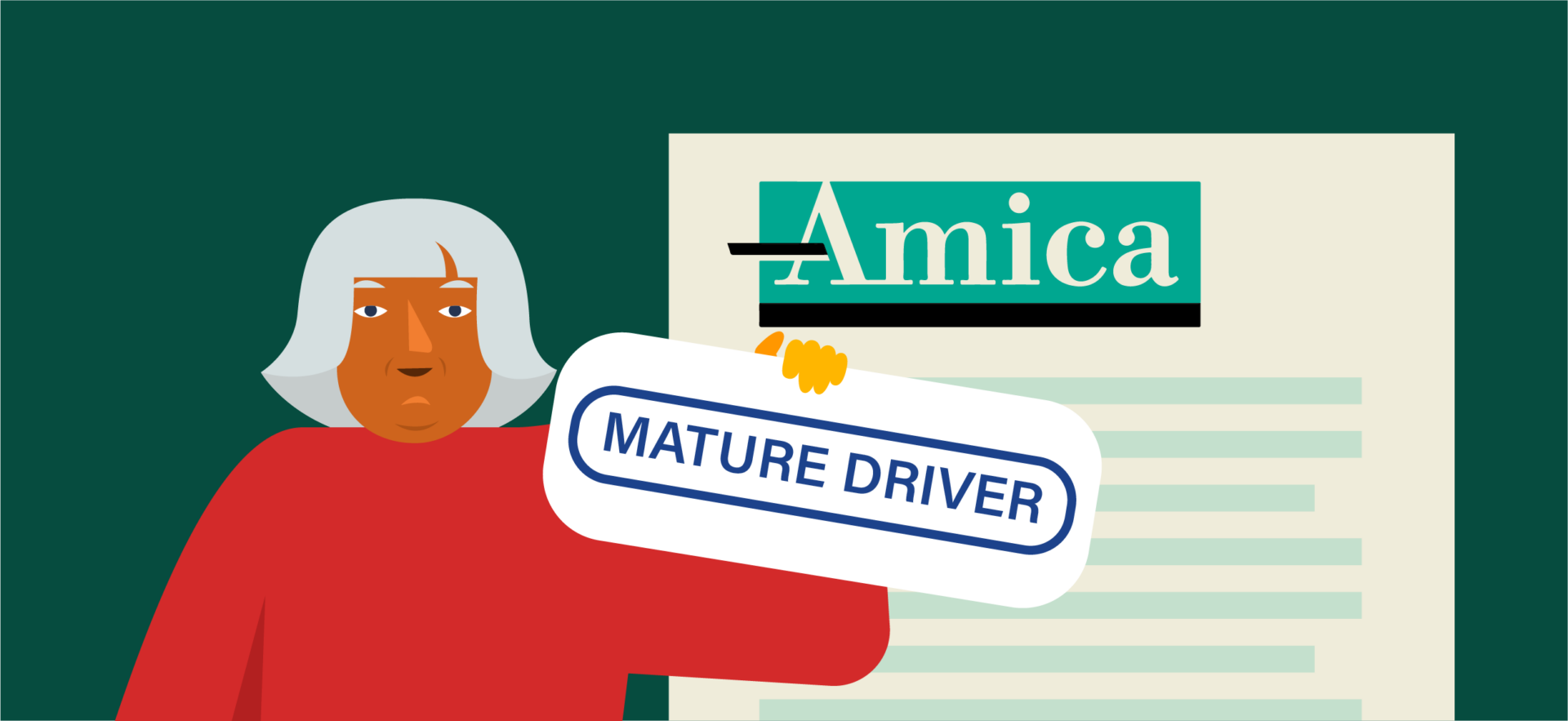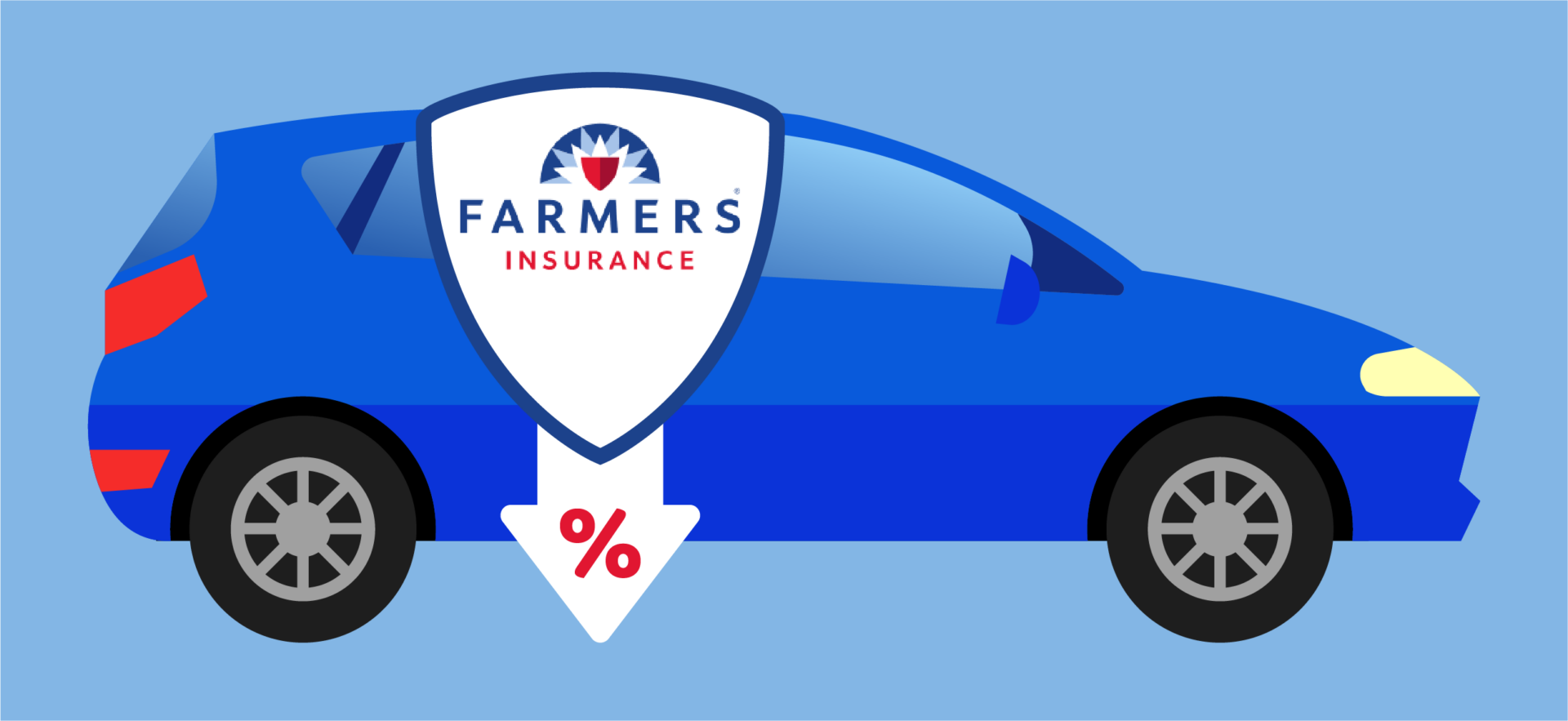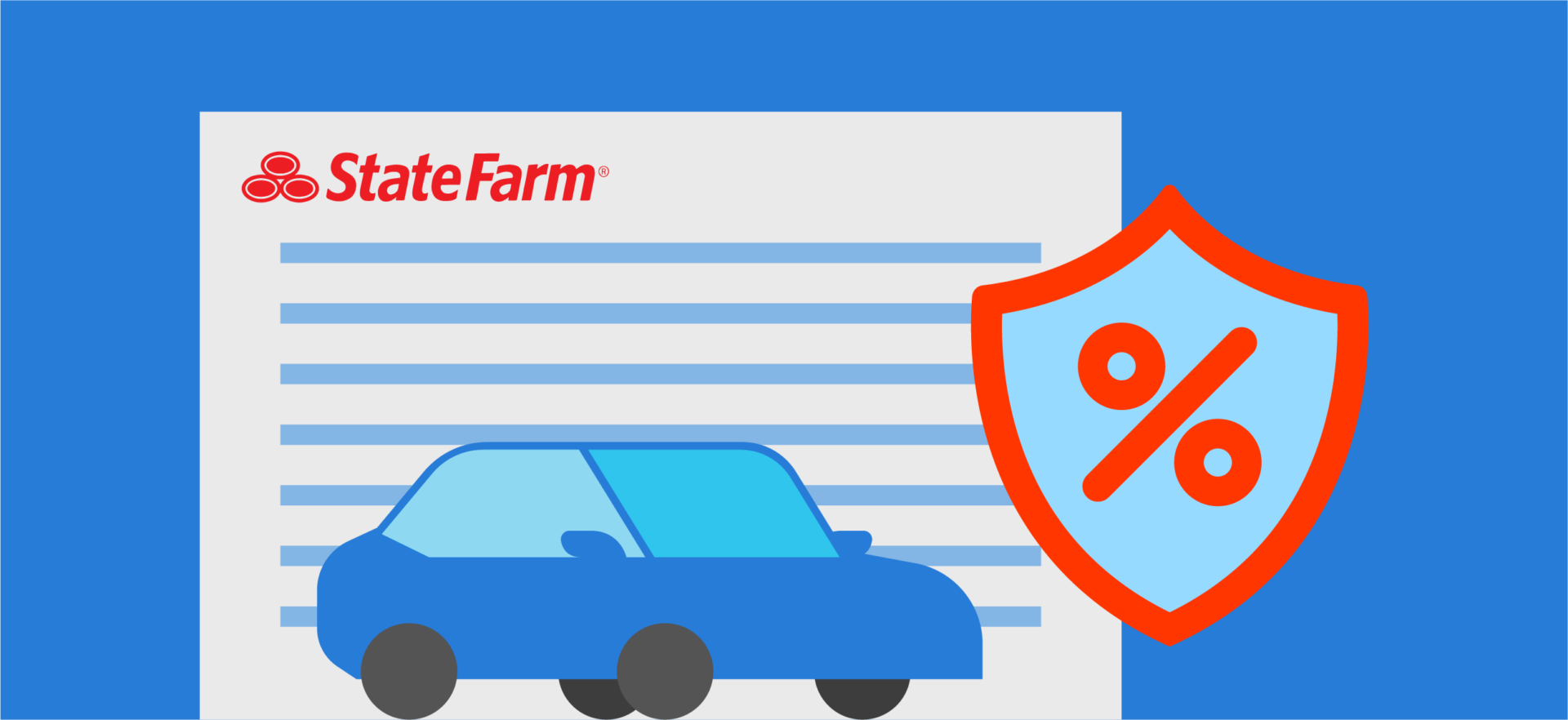Starting drivers’ education at an early age has a number of perks. One advantage is that teenagers learn faster and have a better memory than adults. Plus, they can study undisturbed by the demands and distractions of adult life.
A teenager’s brain is like a blank canvas. It often has little or no prior knowledge of driving, so the child hasn’t developed any bad habits behind the wheel. On top of that, drivers’ education can instill confidence in your teen and teach him valuable skills.
California law allows teenagers to start drivers’ ed at age 15-and-a-half. However, many high schools and driving schools are willing to make exceptions. Here’s what you should know about it.
Read: Provisional License in California: All the Rules You Need to Know
What’s the Minimum Driving Age in California?
The minimum driving age in the U.S. is 15 to 16 years, depending on the state. In California, teenagers can apply for a learner’s permit between ages 15-and-a-half and 18. Also known as an instruction permit, this document allows your child to practice driving under the supervision of an adult licensed driver.
To obtain a learner’s permit, you must first complete driver education (DE), pass a knowledge test, and obtain a pink slip. DE includes 30 hours of theoretical instruction and covers topics like road safety, speed inputs, and traffic laws. You can take the classes online or in person—just make sure the school is accredited by the California DMV, like the one offered by Traffic Safety Institute.
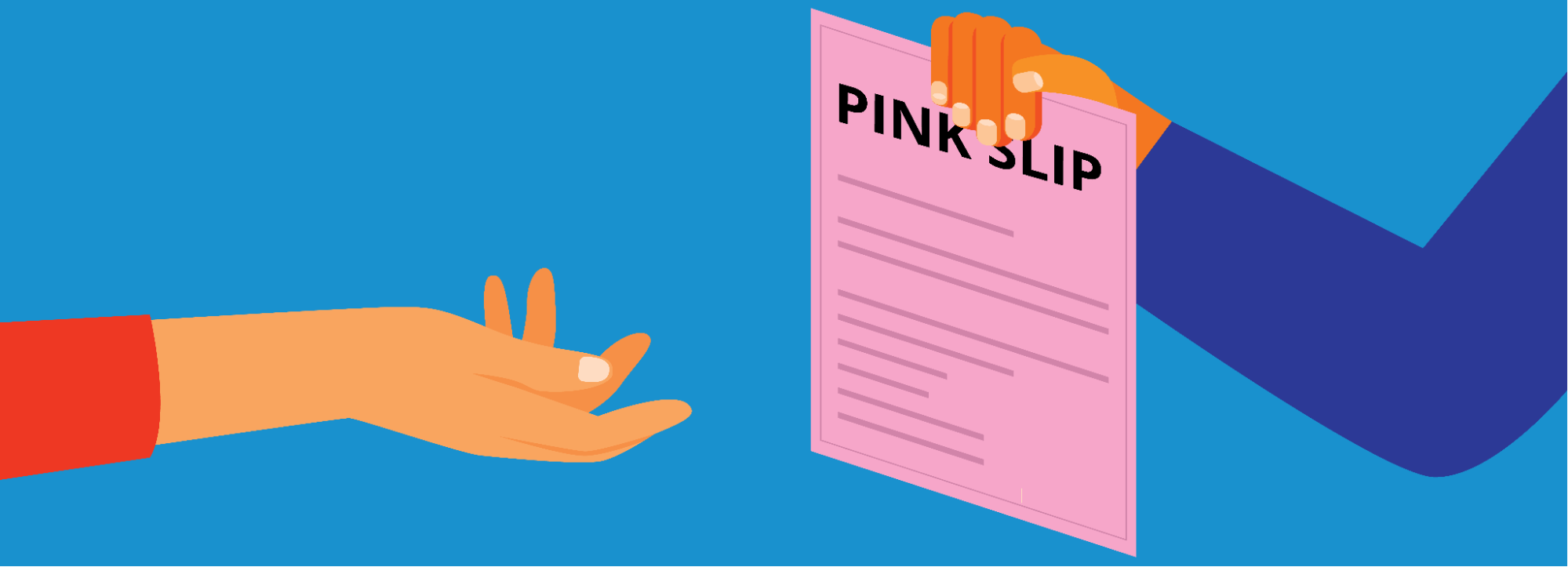
That said, the minimum driving age in California is 15-and-a-half. However, you can start driver’s ed at an earlier age.
As Mason Law notes, it’s possible to take ED classes at age 14 or 15. These courses are usually available to high school students in the 10th grade, including those under 15-and-a-half.
Note, though—even if your child completes DE training before turning 15, he cannot apply for a learner’s permit before reaching the minimum driving age.
Classroom vs. Online Driver’s Education Courses
Teen drivers can take DE courses online or in a classroom setting, depending on their schedule and preferences.
Online driver’s ed offers more flexibility than standard classroom instruction. You can study from home, resume the lesson where you left off, and take practice tests to assess your progress.
If you go this route, you’ll have access to pre-recorded videos, online textbooks, simulations, quizzes, and other learning materials. The training program lasts 30 hours, but some driving schools offer intensive classes.
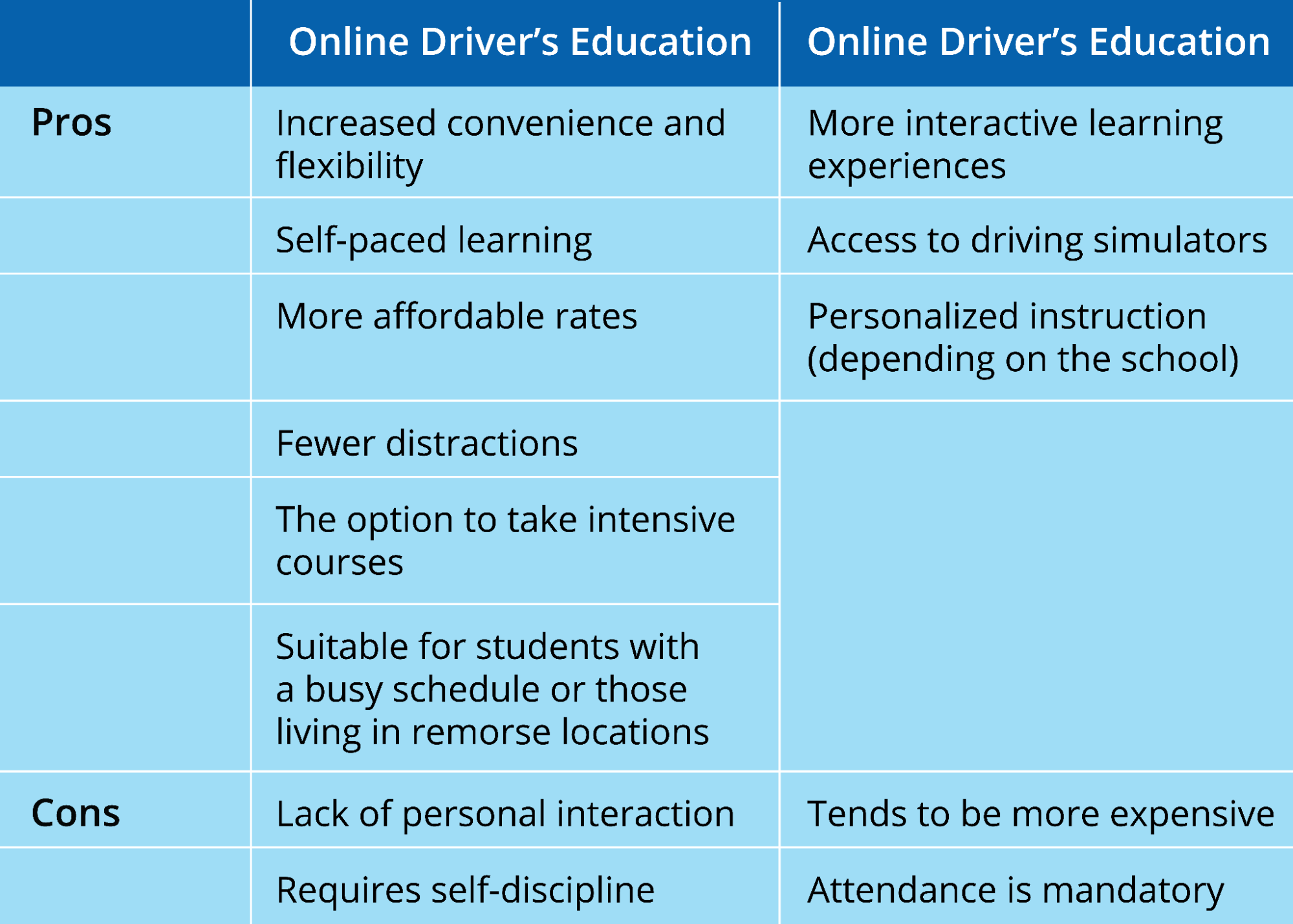
By comparison, in-person driver’s education classes have a fixed schedule. Depending on the school’s policy, you may need to start the course all over if you miss a class. This means you have to be there on time, no matter how busy your day is.
As far as pricing goes, public high schools offer free drivers’ ed. But if you enroll in a private driving school, the cost will likely be higher than what you’d pay for online courses. Plus, you must factor in the cost of gas or public transportation.
A potential advantage of classroom training is that it allows for more interaction. Students can ask questions, share their experiences, and participate in discussions. However, these interactions don’t guarantee better learning outcomes.
It’s also worth mentioning that online drivers’ ed and traditional DE classes follow the same curriculum. Therefore, either option can be a good way to learn the rules of the road, laying a solid foundation for safe driving.
Read: Can I Take My Permit Test Online in California?
When and How to Apply for a Learner’s Permit?
As mentioned earlier, you must complete 30 hours of driver’s education before applying for a learner’s permit.
The only exception is if you’re at least 17-and-a-half to 18 years old, in which case you can obtain the permit without enrolling in DE. However, you still need to complete driver’s education and driver’s training (DT) or wait until you turn 18 to apply for a provisional license.
To keep things simple, take these steps to get an instruction permit:
- Complete a DE course at an approved driving school
- Get a Pink Slip (which will be issued by your driving school as soon as you complete DE)
- Fill out a Driver License Application form (DL44) and then have it signed by your parent or legal guardian
- Book an appointment with the California DMV
- Bring an ID card or proof of residency
- Pay an application fee
- Have your photo taken for the instruction permit
- Pass a vision exam
- Take and pass a written test
Note that you can start DT only after obtaining a learner’s permit. This module consists of at least six hours of practice under the guidance of a driving instructor.
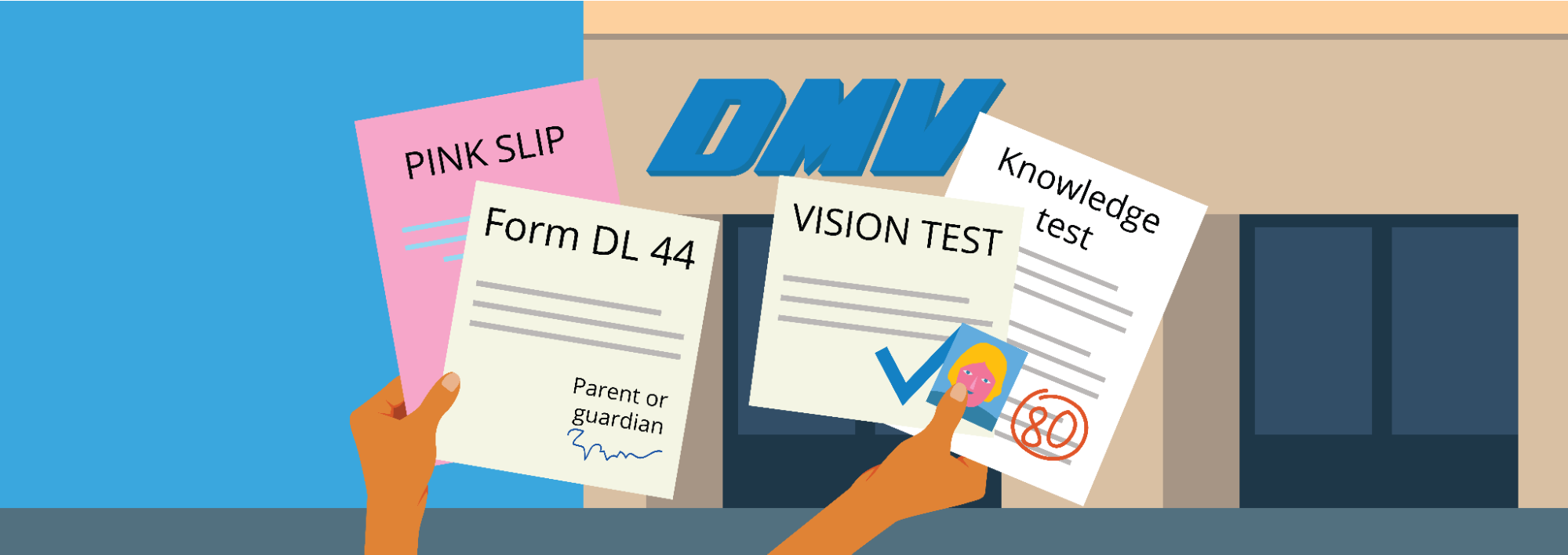
Make Sure You First Obtain Parental Consent
Many driving schools, especially those allowing online registration, won’t ask for your age. They only require your contact details and payment information.
However, you’ll need parental consent to get a learner’s permit, which is a prerequisite for starting DT.
When you apply for a permit, the DMV will want to see a parent’s or guardian’s signature on Form DL44. So, even if you enroll in DE courses without telling your parents, you must obtain their approval to continue your education.
Private Driving Schools vs. High School Programs: Which Option Is Right for You?
Teenagers can complete drivers’ ed in high school or through private driving schools. Both options have pros and cons, but the latter allows for a more personalized experience and increased flexibility.
For example, private driving schools may offer free pick-up and pick-off, online lessons, road tests, and other perks. Plus, they provide one-on-one driving lessons.
That’s not the case with public high schools. Very few will allow you to study online, and you won’t get free pick-up, road tests, or individual driving lessons.
The driving time is often shared with other students, making it difficult to practice your skills on the road. Under these circumstances, you may get to drive for only 15-20 minutes per session.
You can learn to drive through a high school program, but private driving schools make this process easier. They employ experienced instructors, vet their students, and tailor the lessons to their needs.
For a thorough comparison, see our guide on what you can expect to pay for driving school in California. It covers the differences between private driving schools and high school programs in terms of quality, price, course duration, and other aspects.
Do Your Homework before Starting Driver’s Ed
Enrolling in driver’s ed courses is a major decision. Since teenagers are more vulnerable than other road users, parents should pick a DE program that prioritizes the safety of young drivers.
A good starting point is to contact three or more driving schools and inquire about their schedule, program duration, instructor qualifications, and cost. Ask if the lessons can be completed online and under what conditions.
Also, note that some driving schools require students to complete the course within a specific period. Ask if that’s the case—and what happens if you miss the deadline.
Once you’ve enrolled in a program, seek ways to supplement school learning.
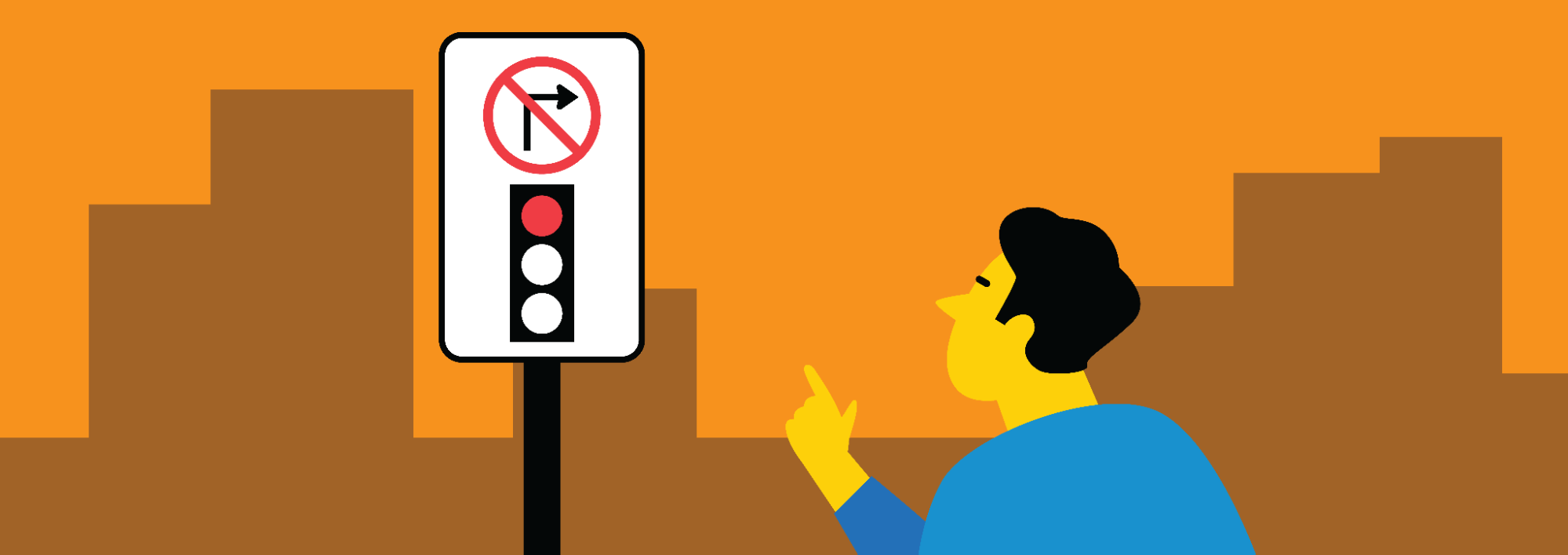
For example, check the traffic signs while walking to familiarize yourself with them. Watch videos of real-world traffic situations, take practice tests, and review the study materials regularly.
Don’t just go through the course. Take the time to understand what you read, and think about how that information applies to specific situations. Also, contact your driving school if you have any questions or need clarification. Remember, they are there to help you.
